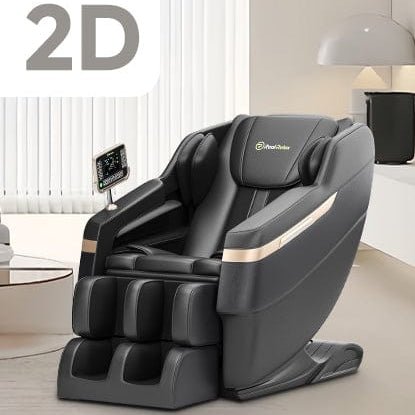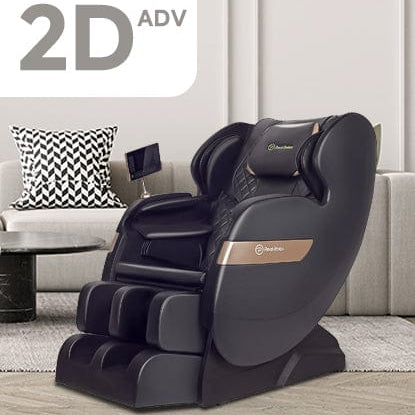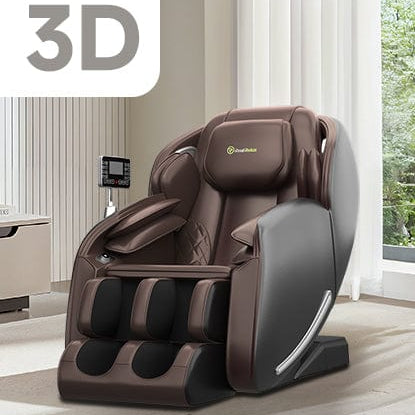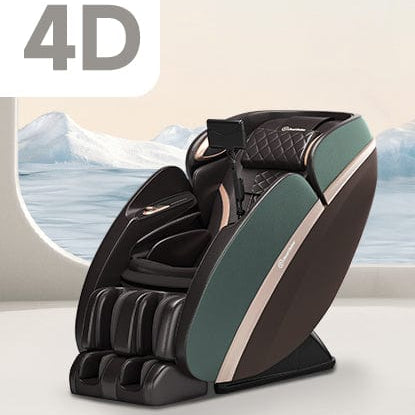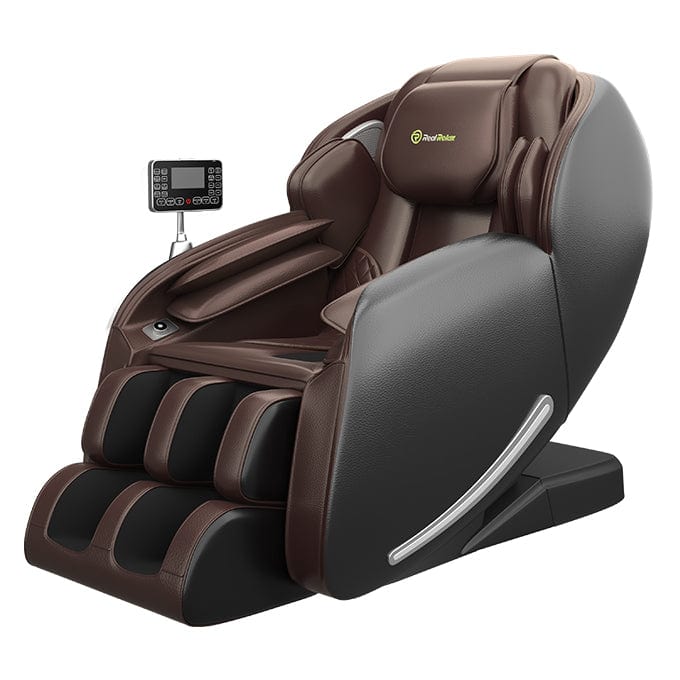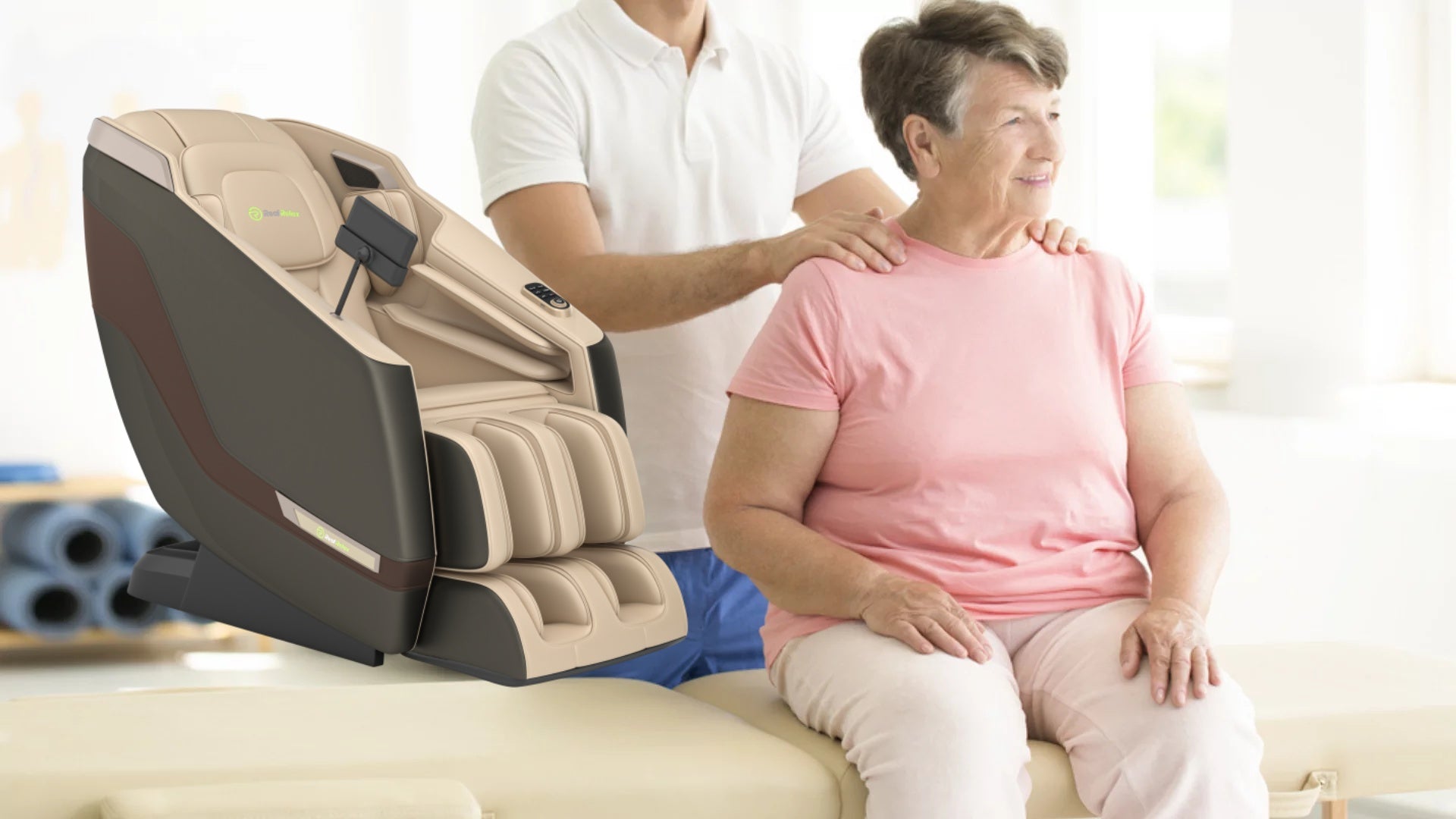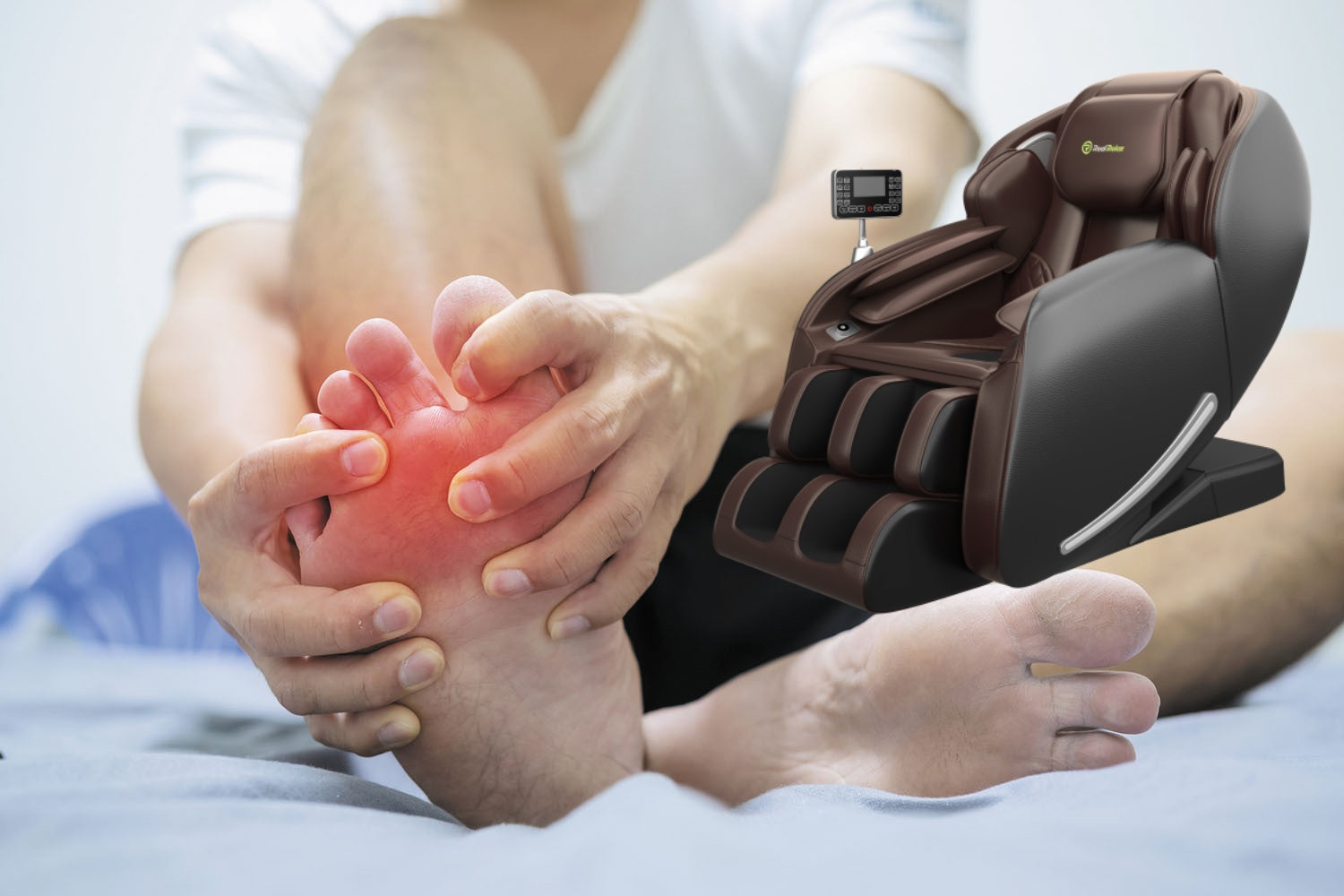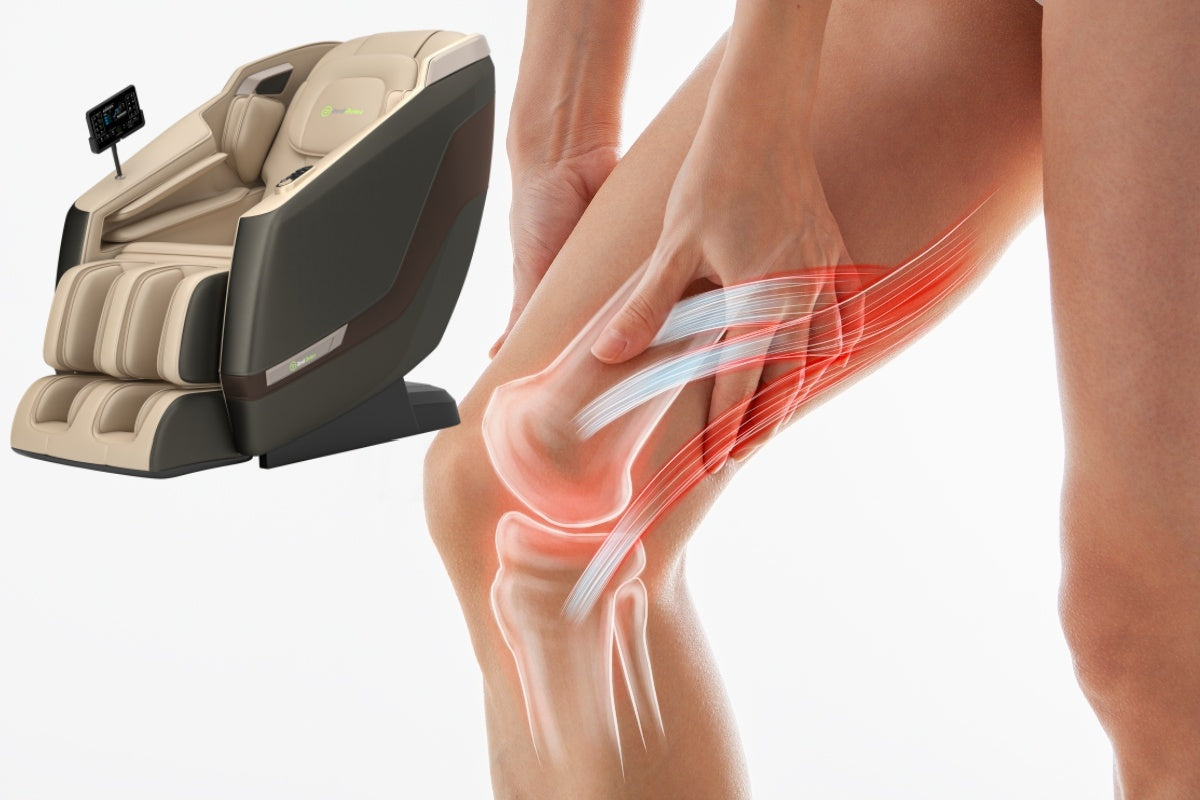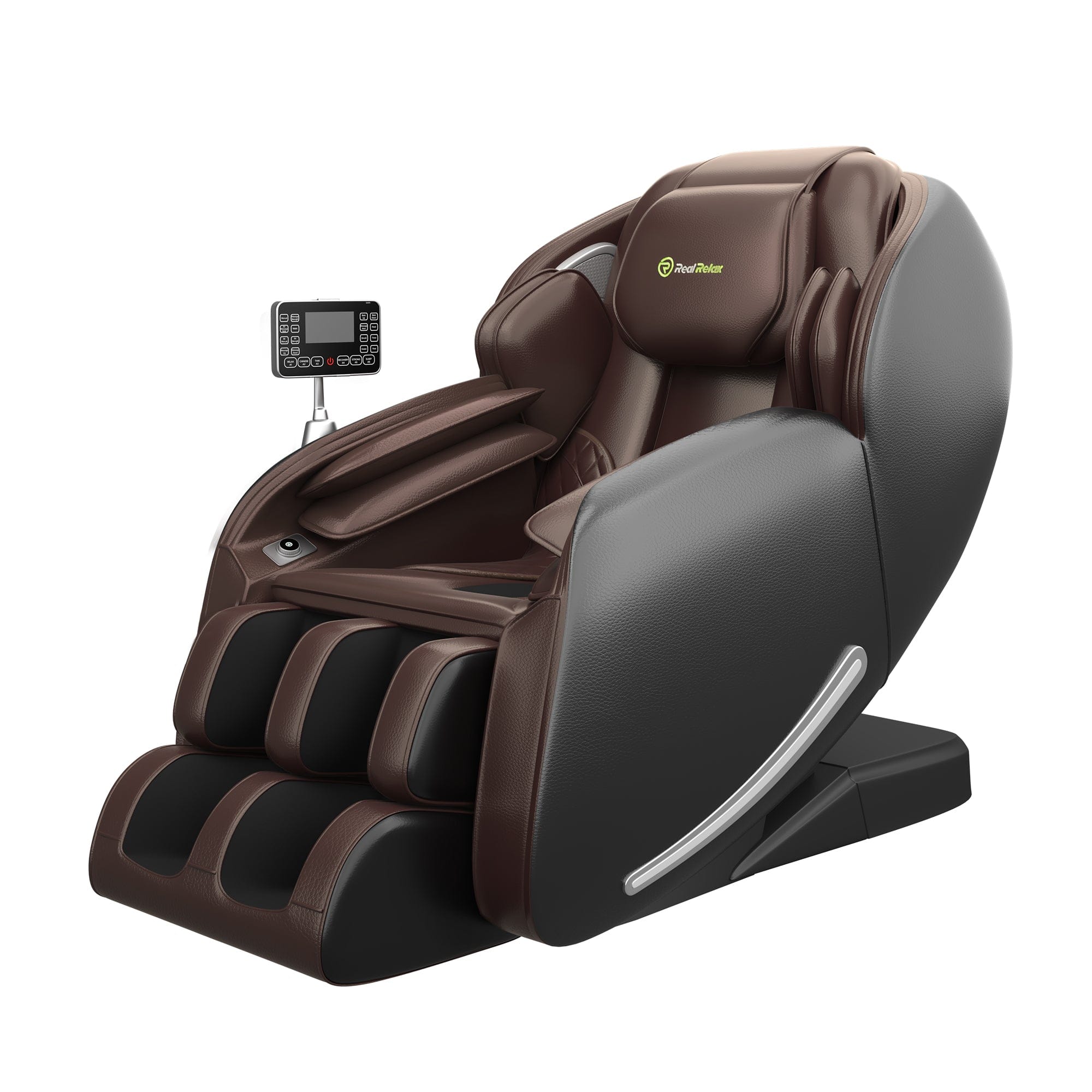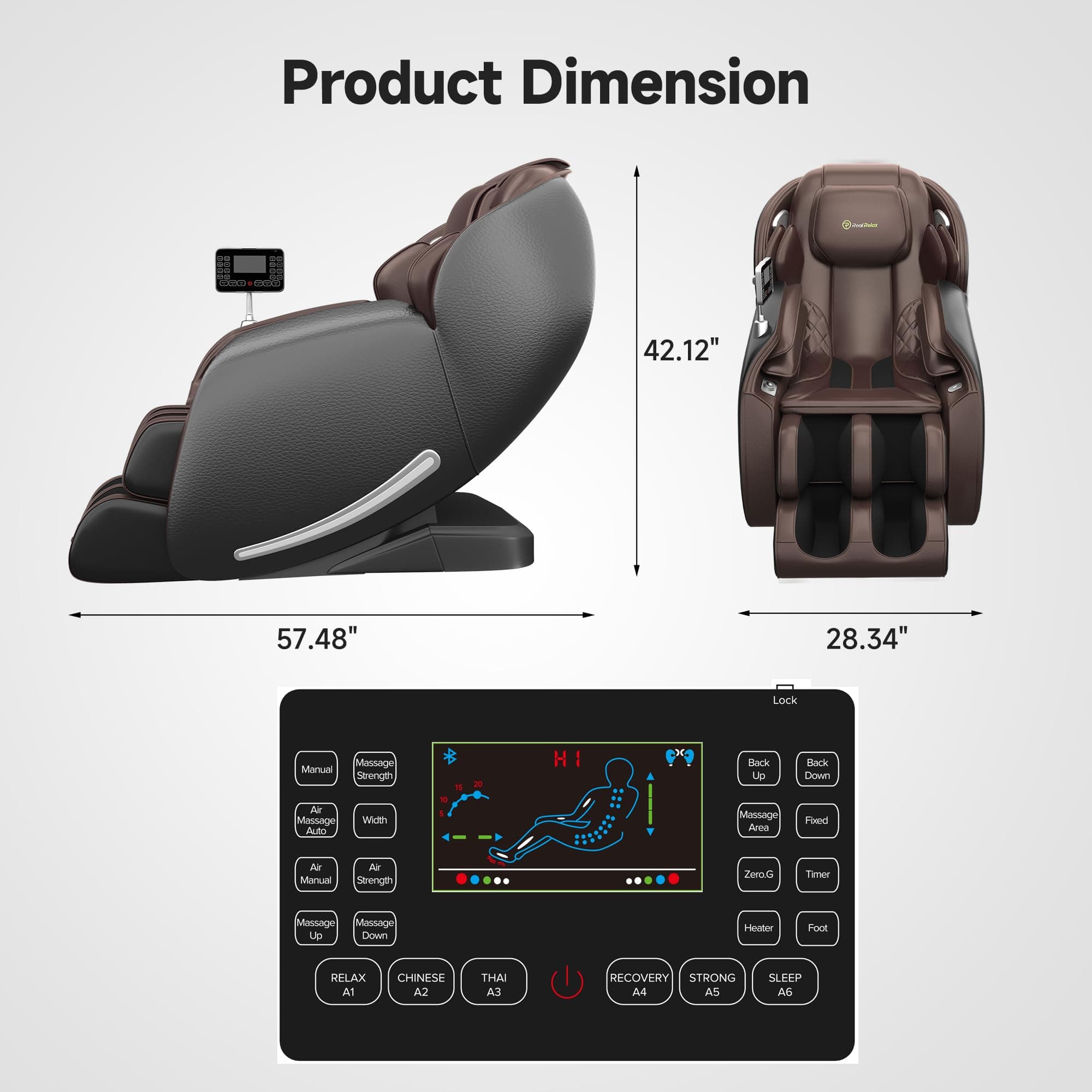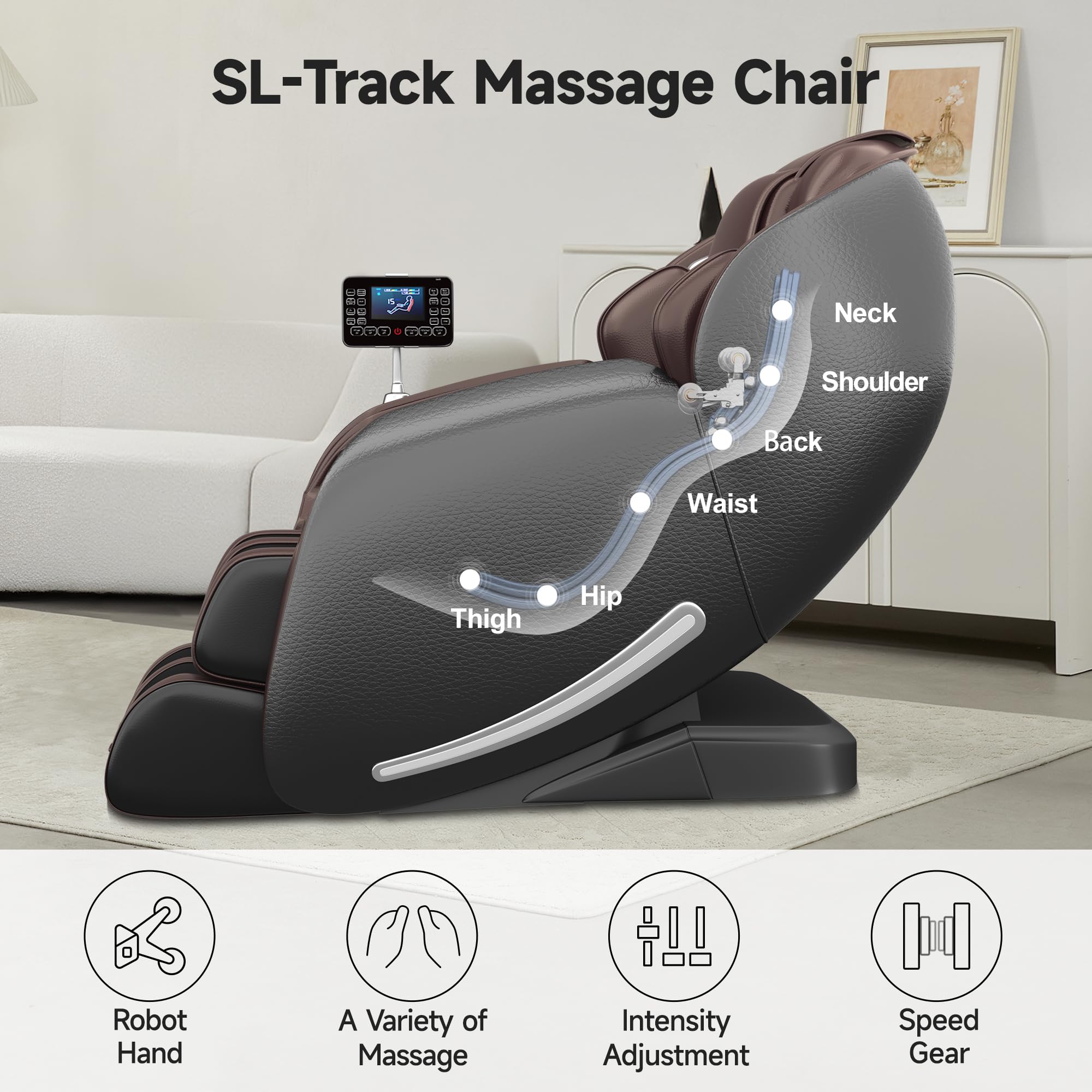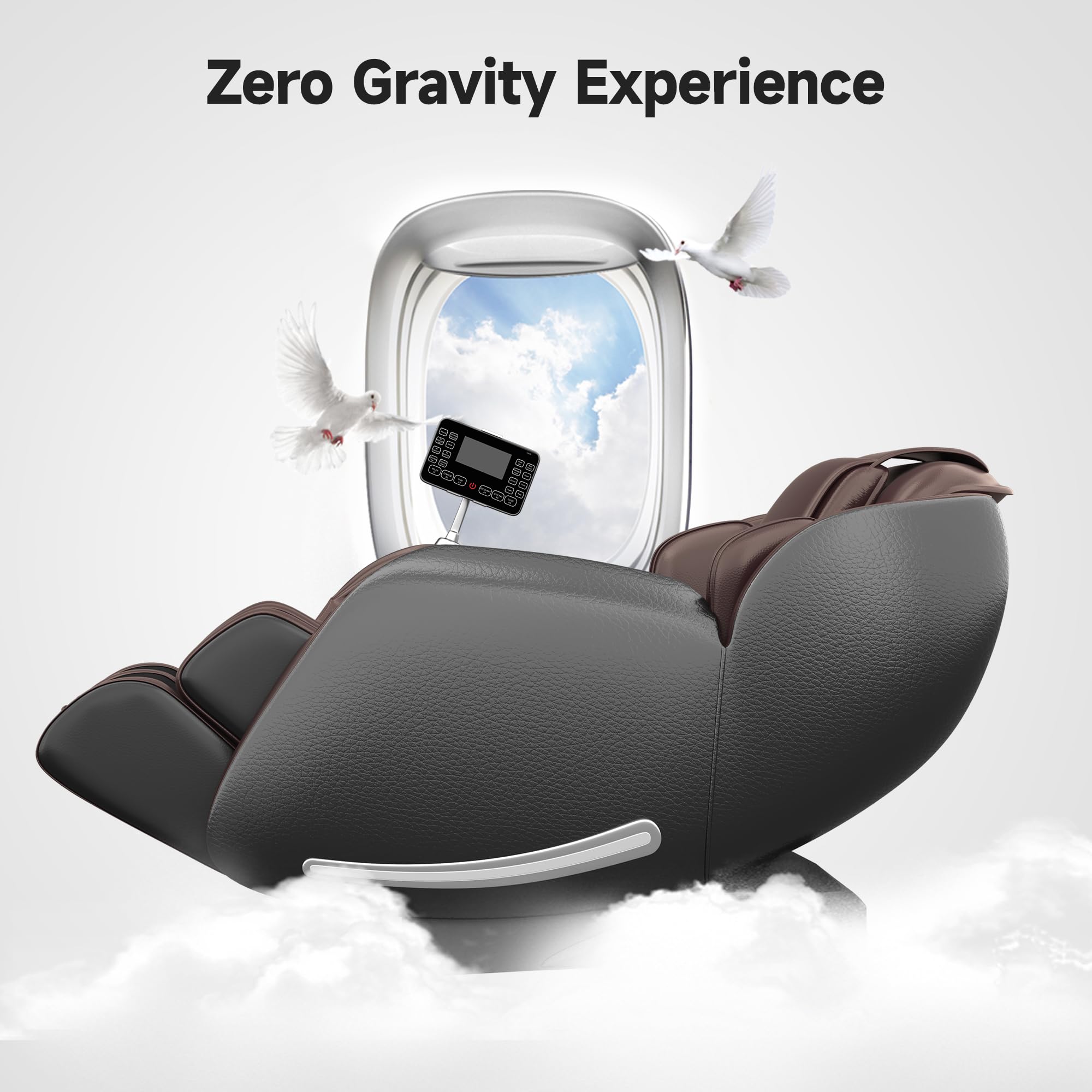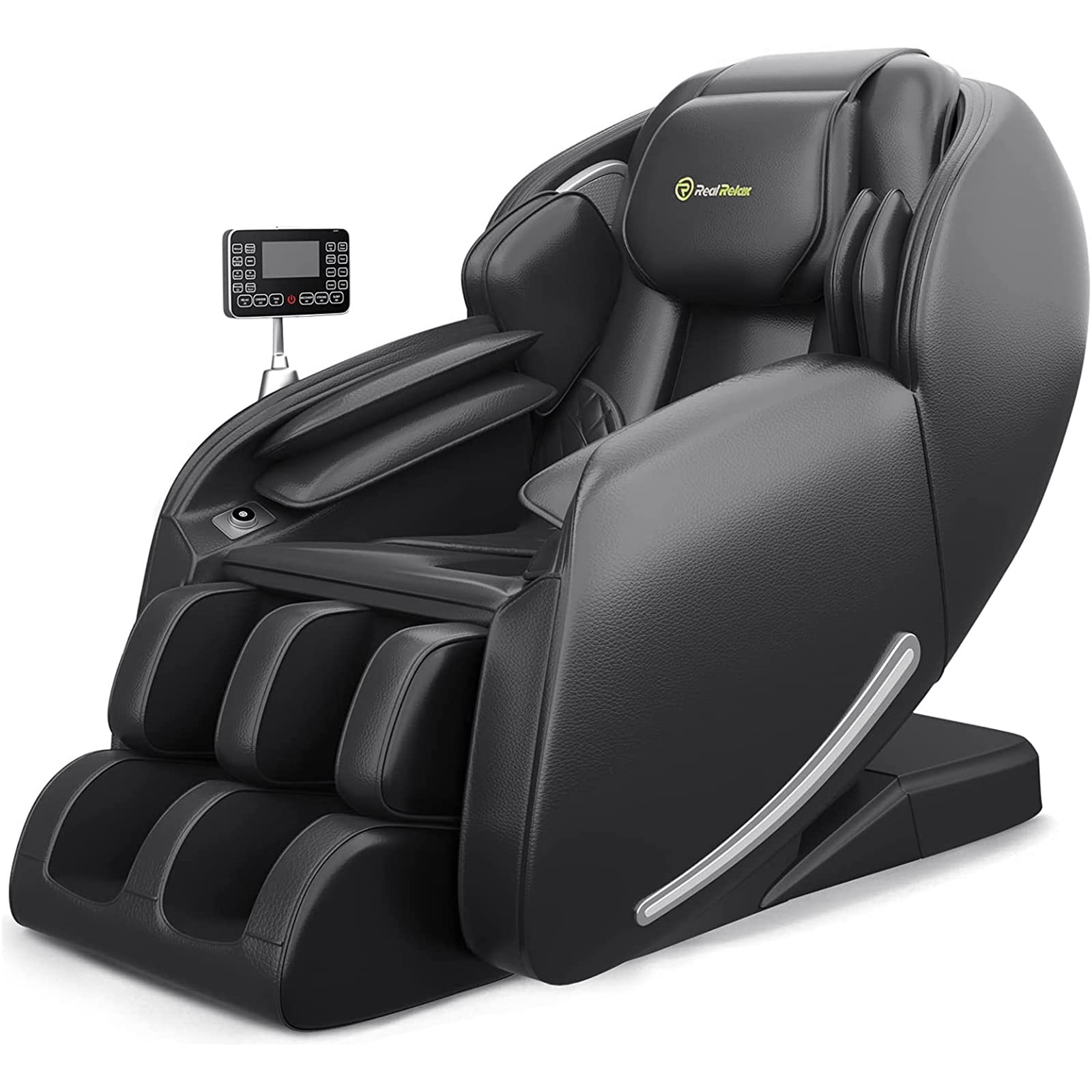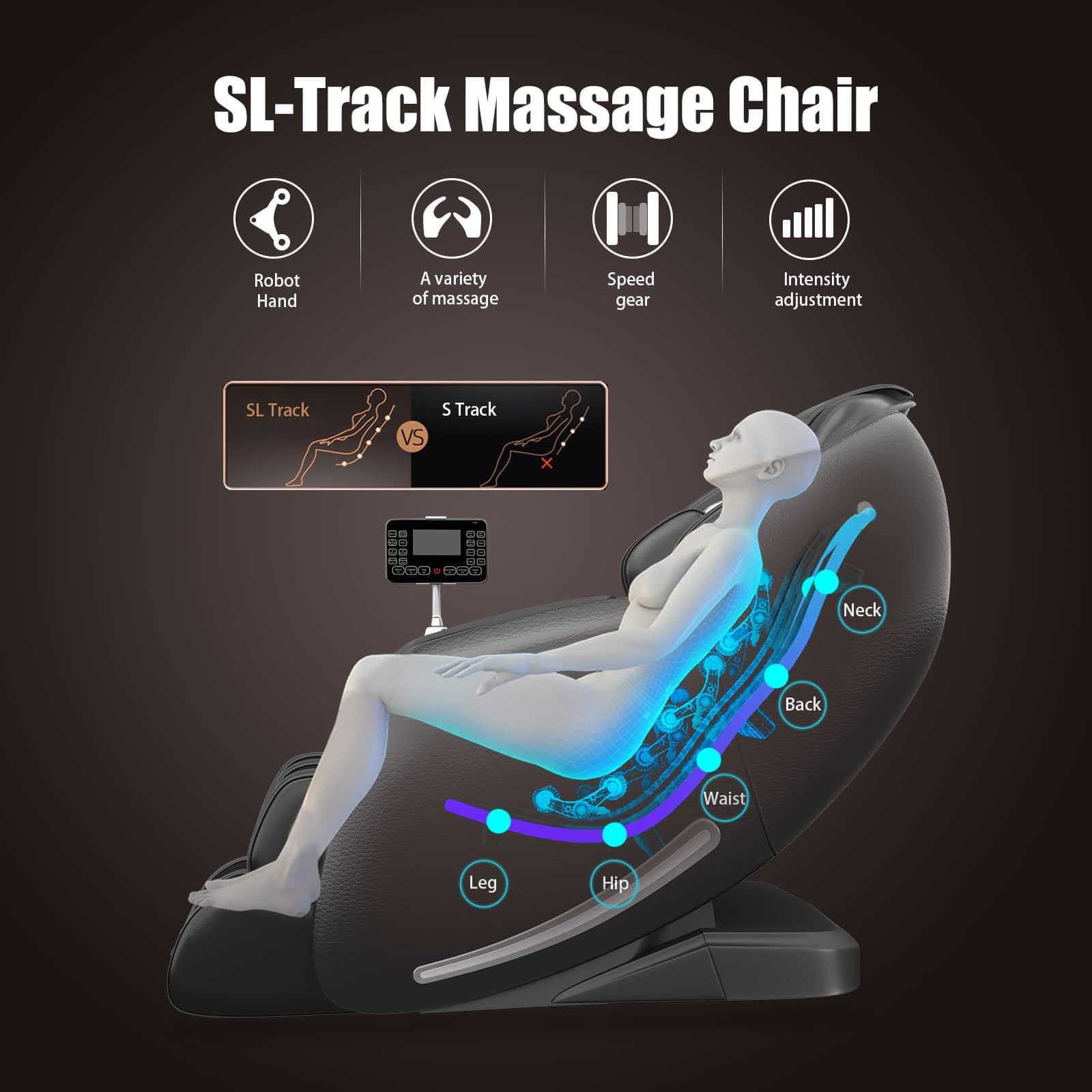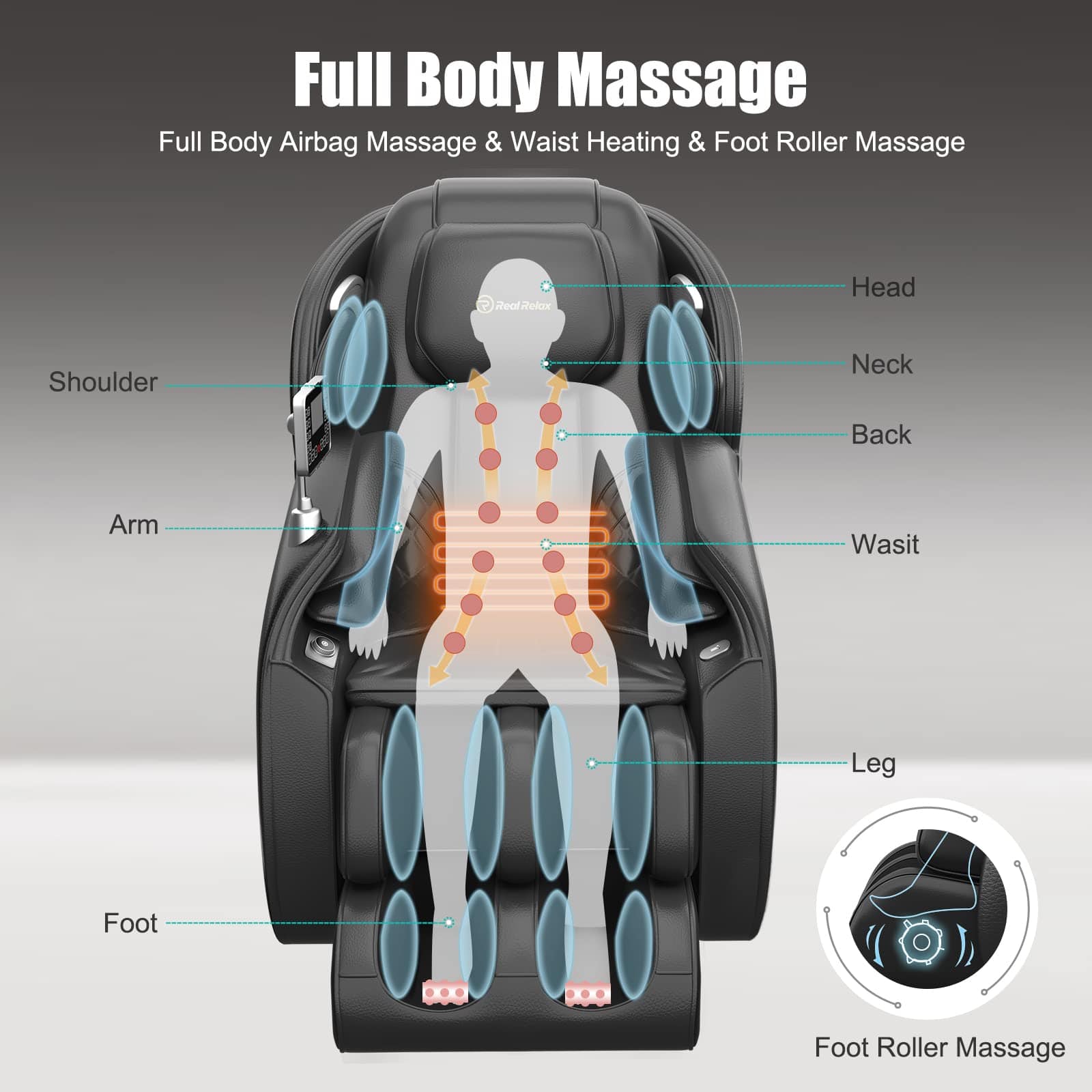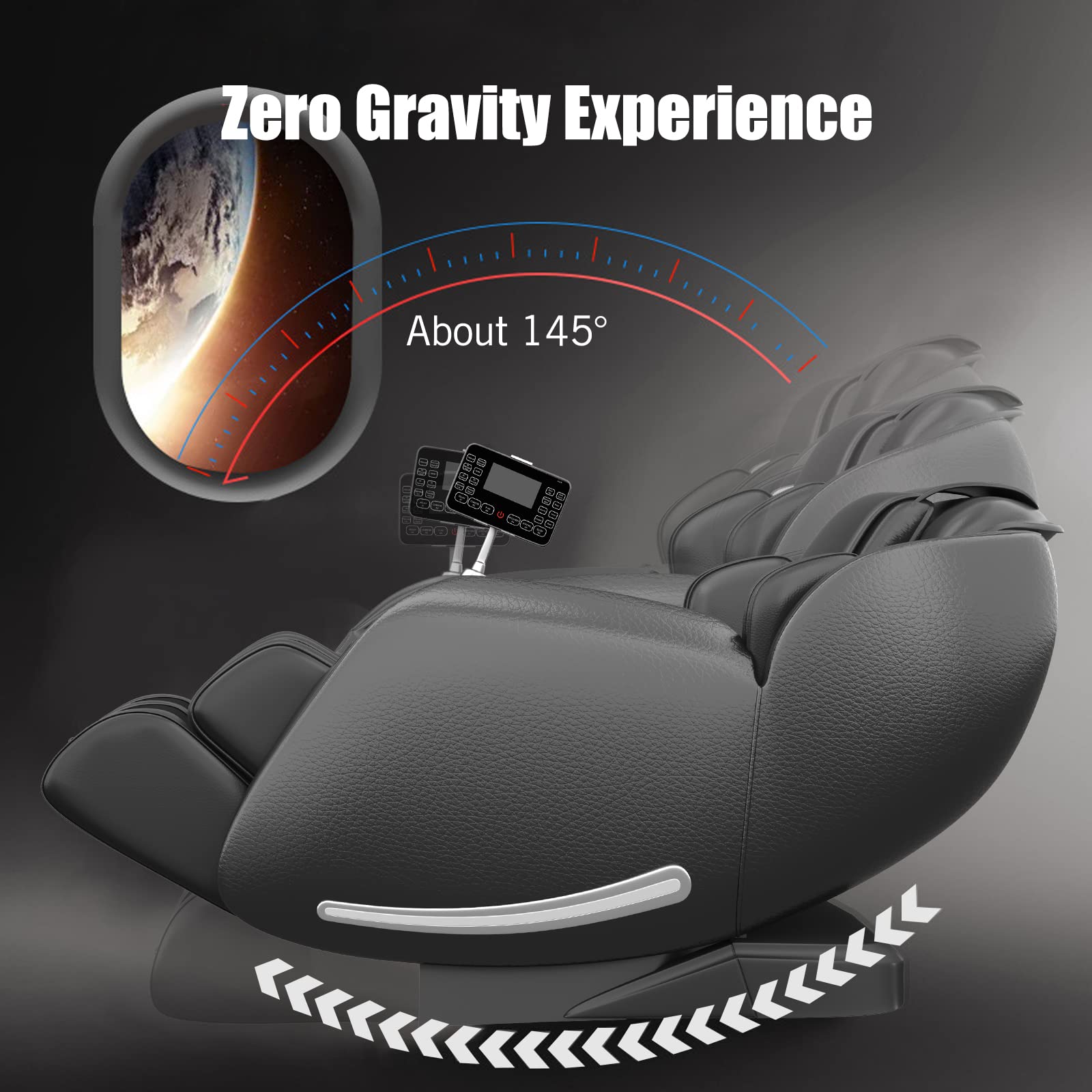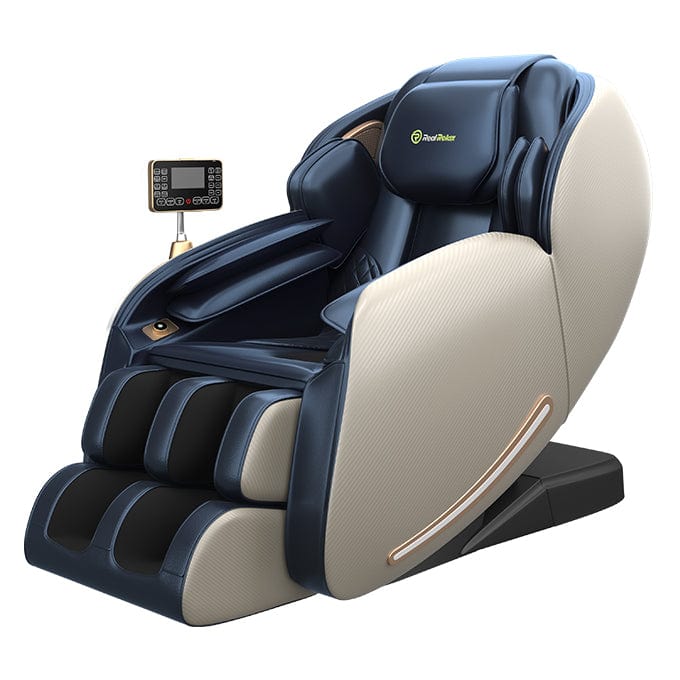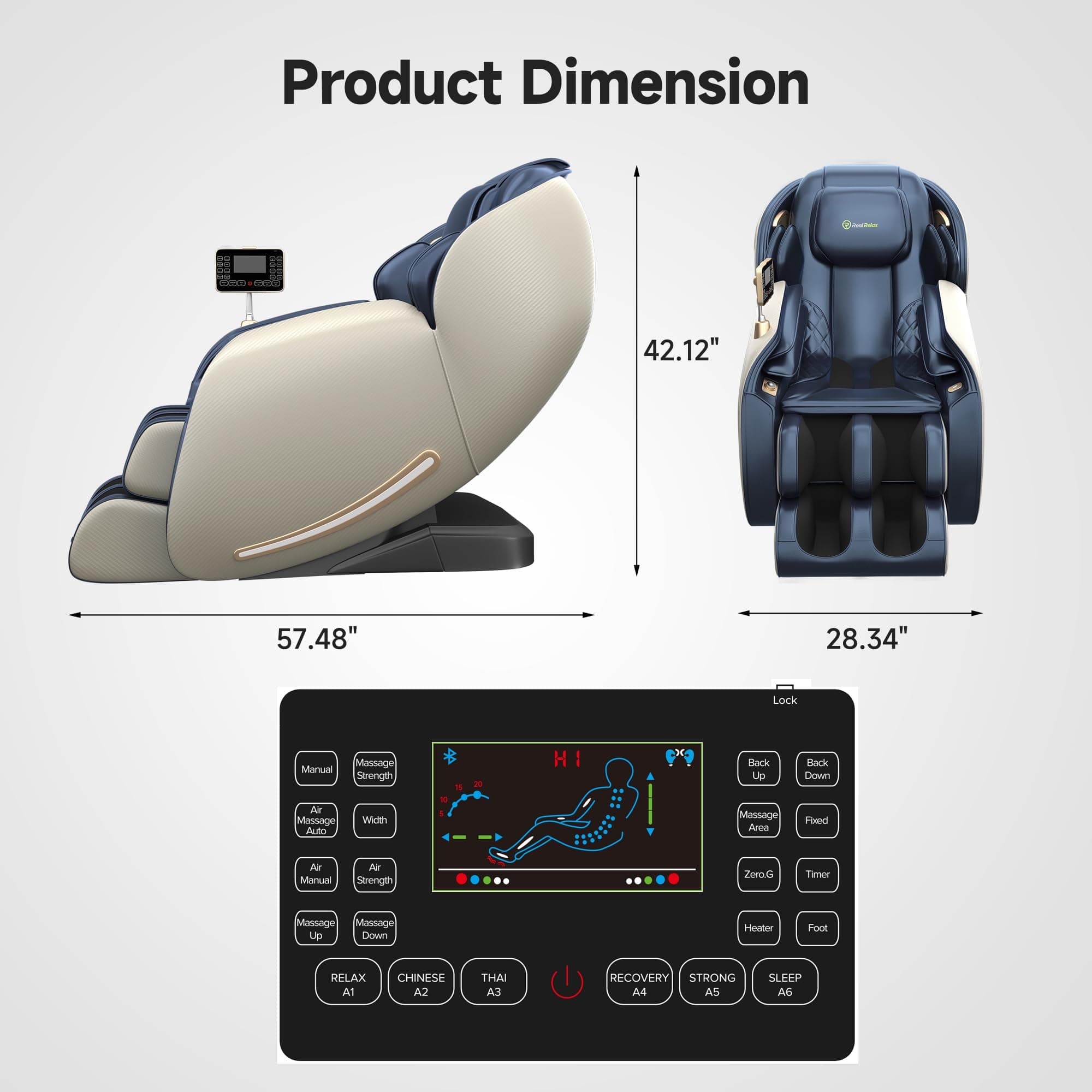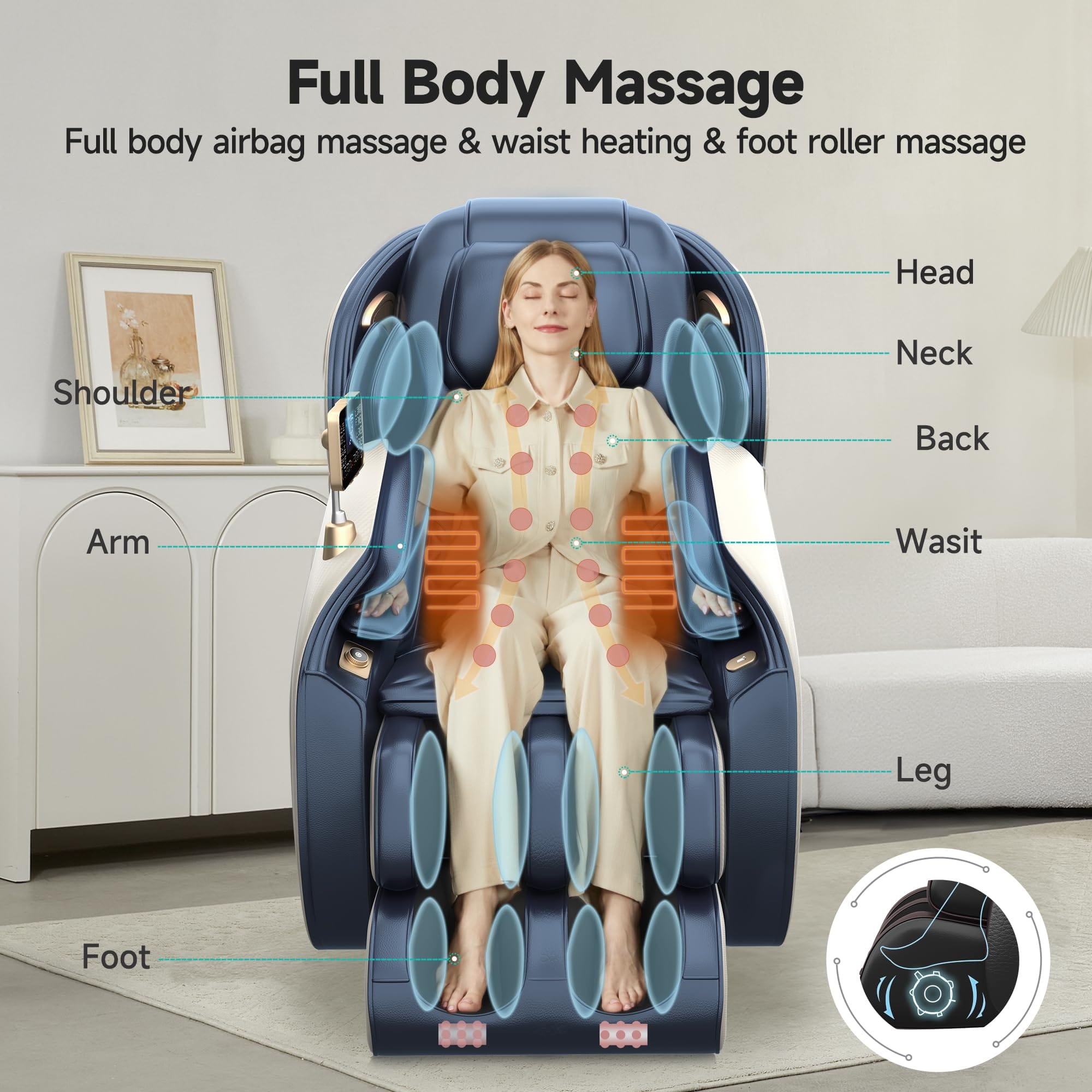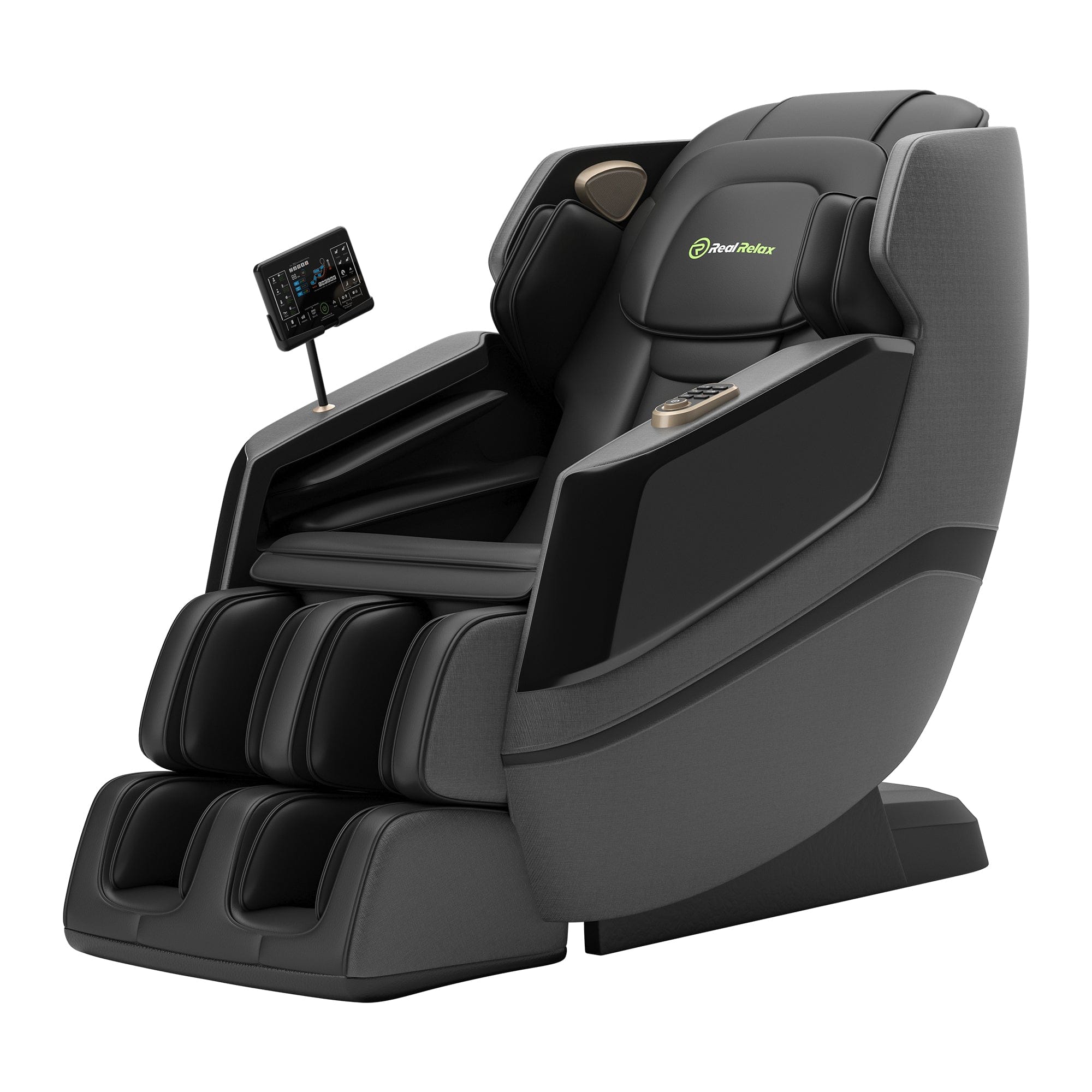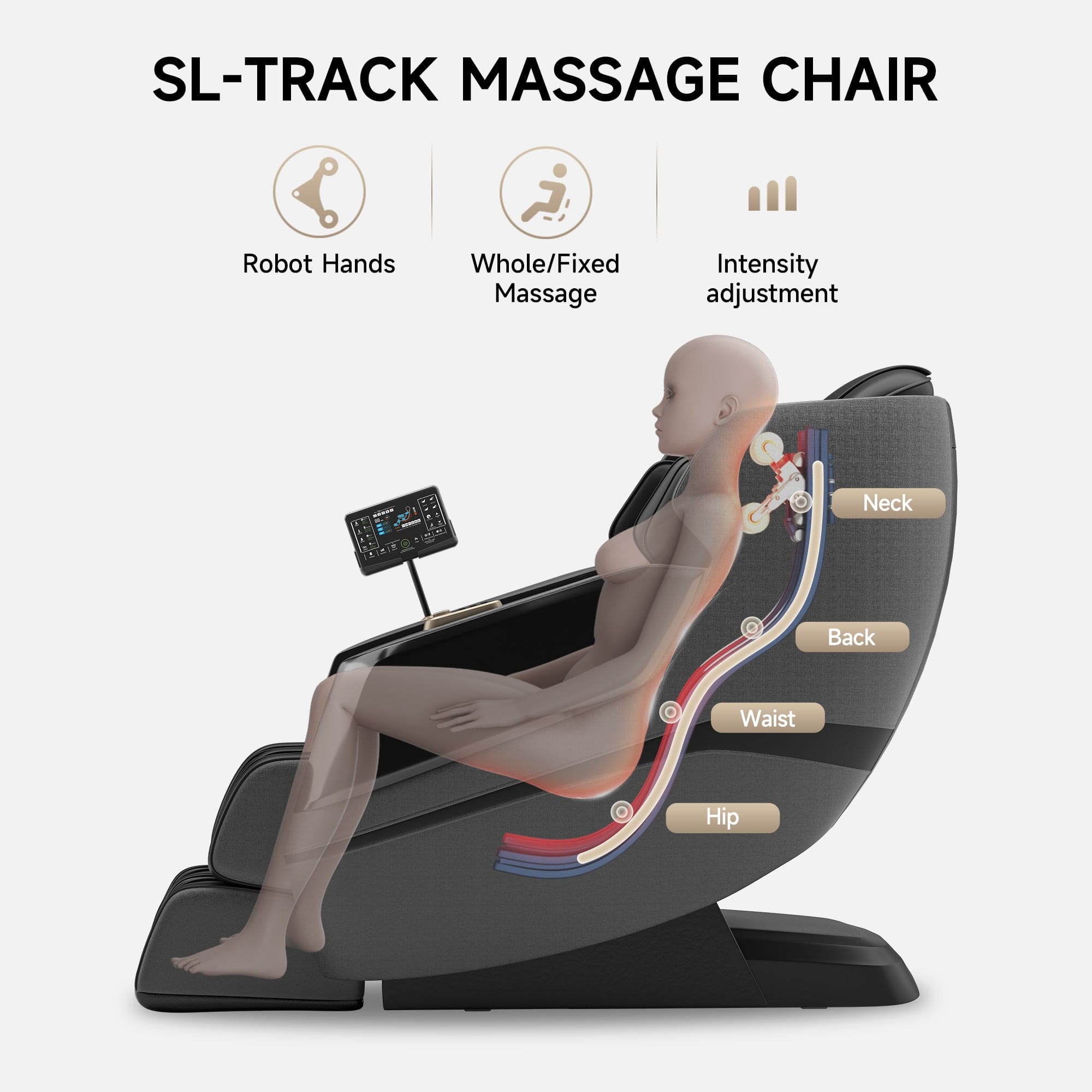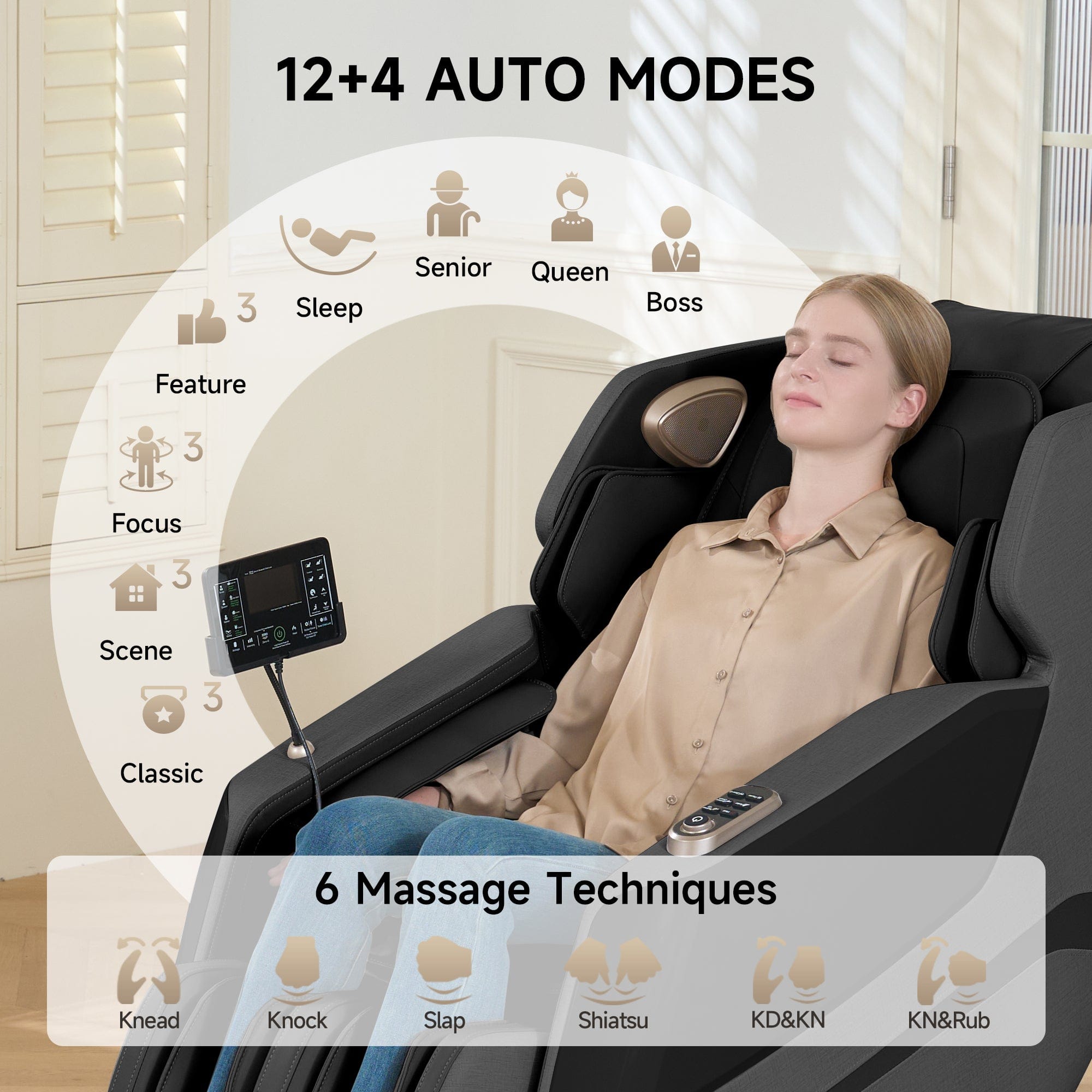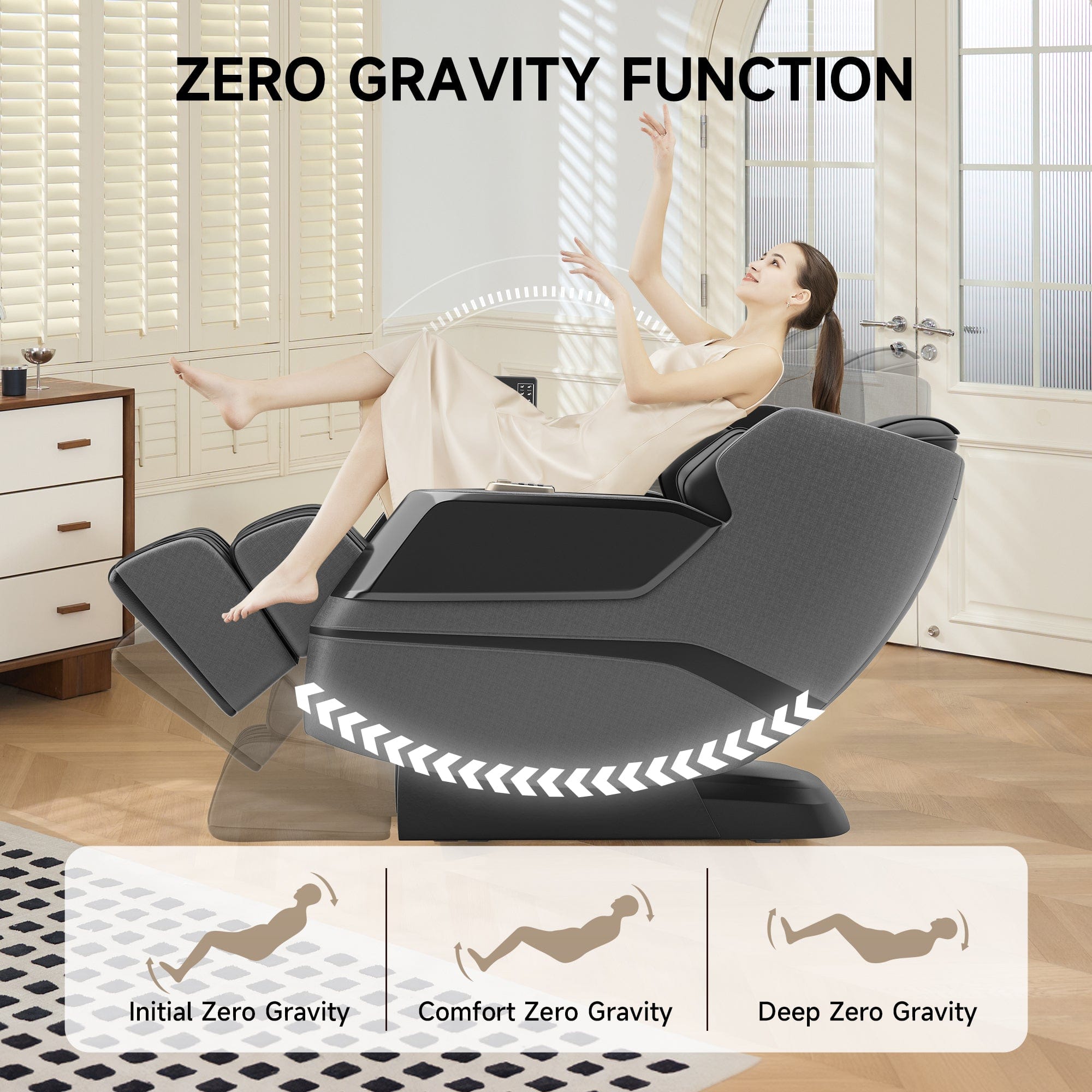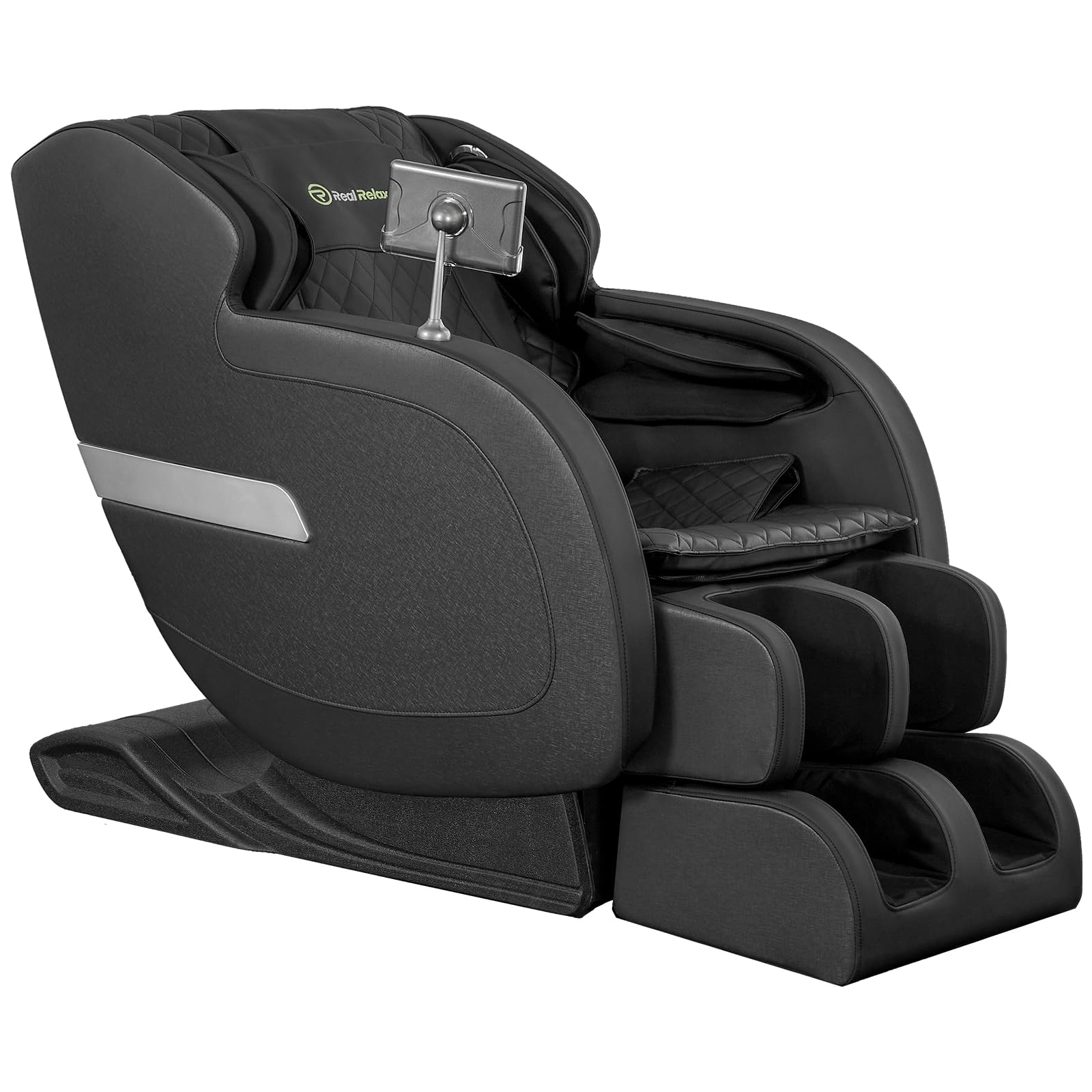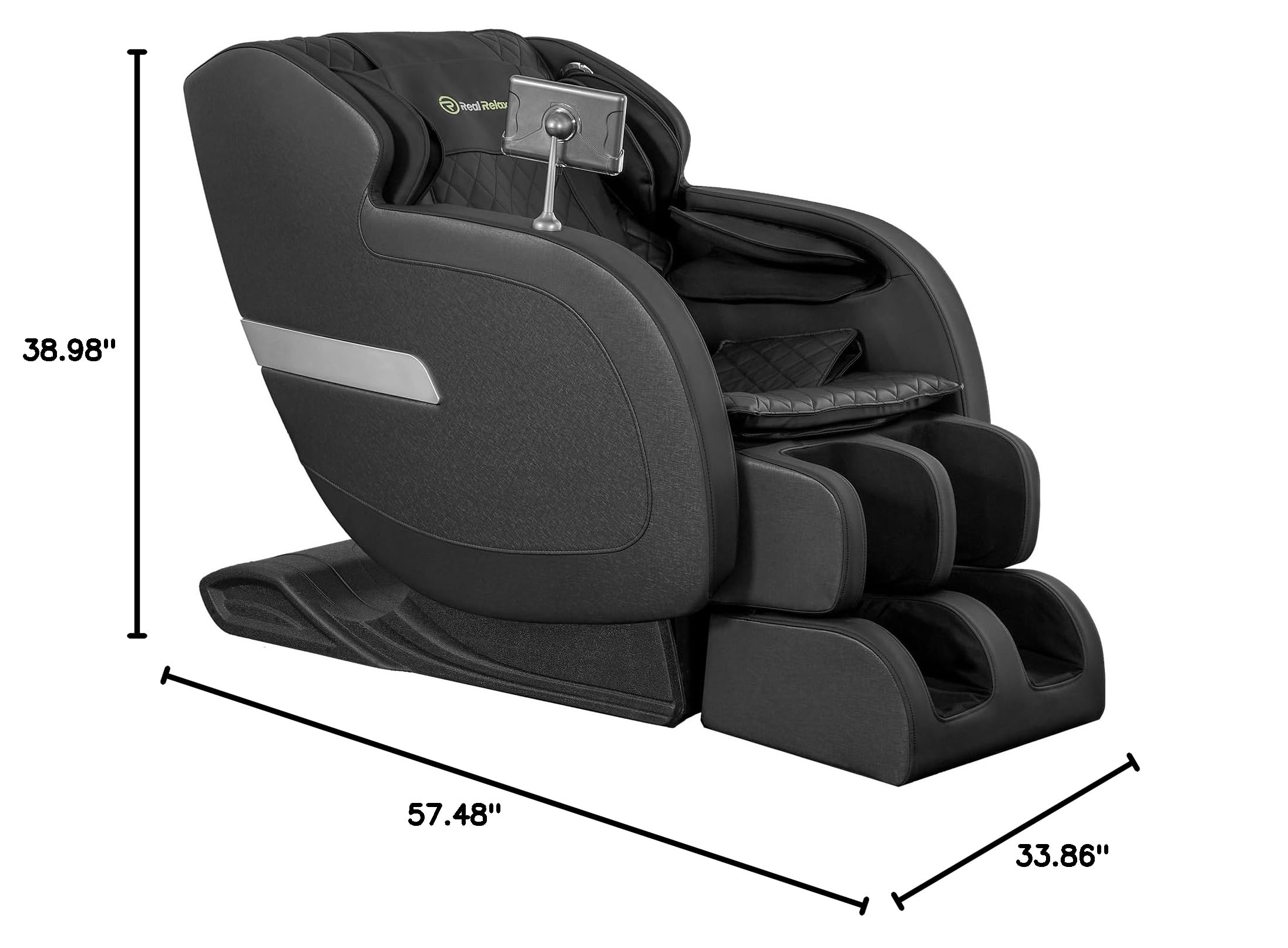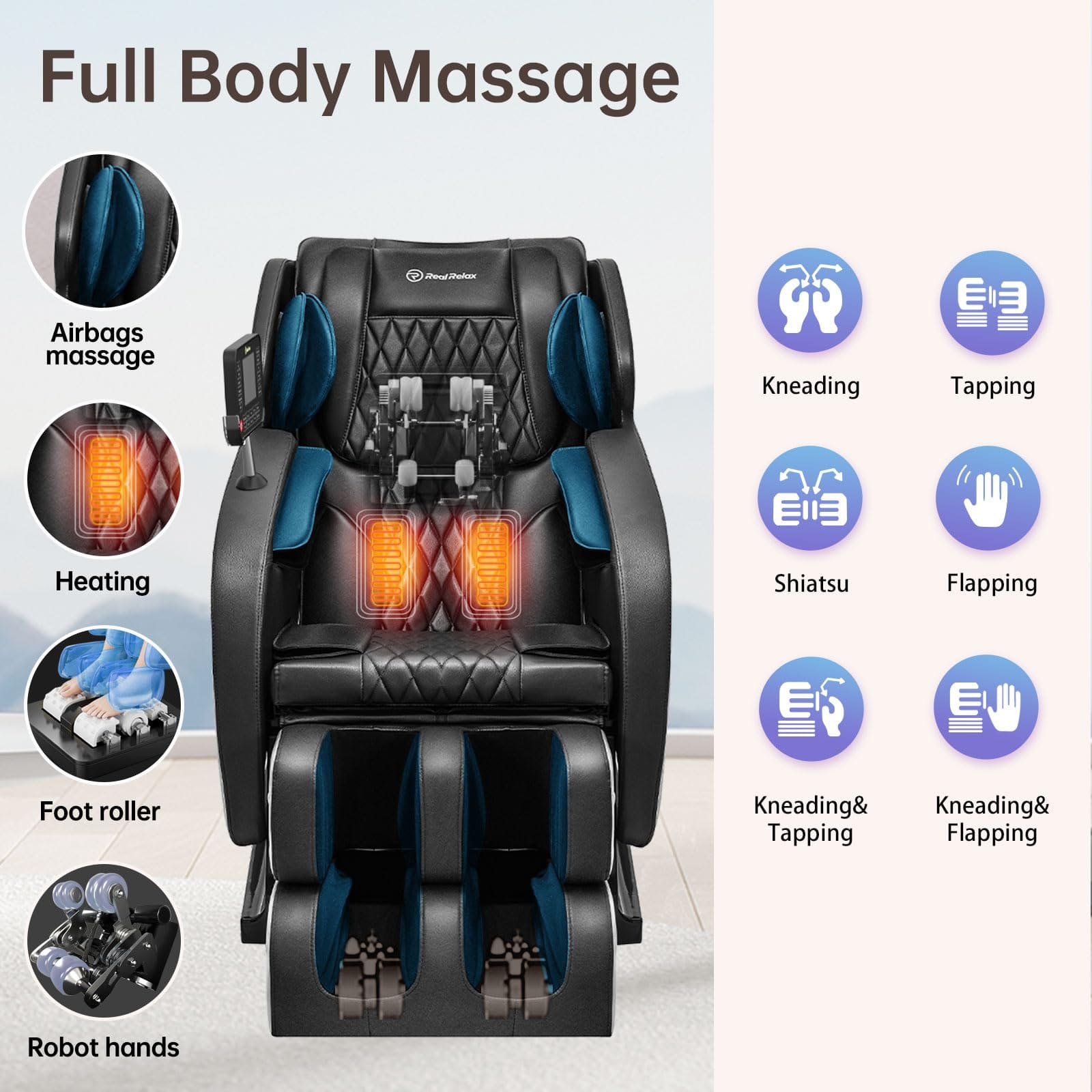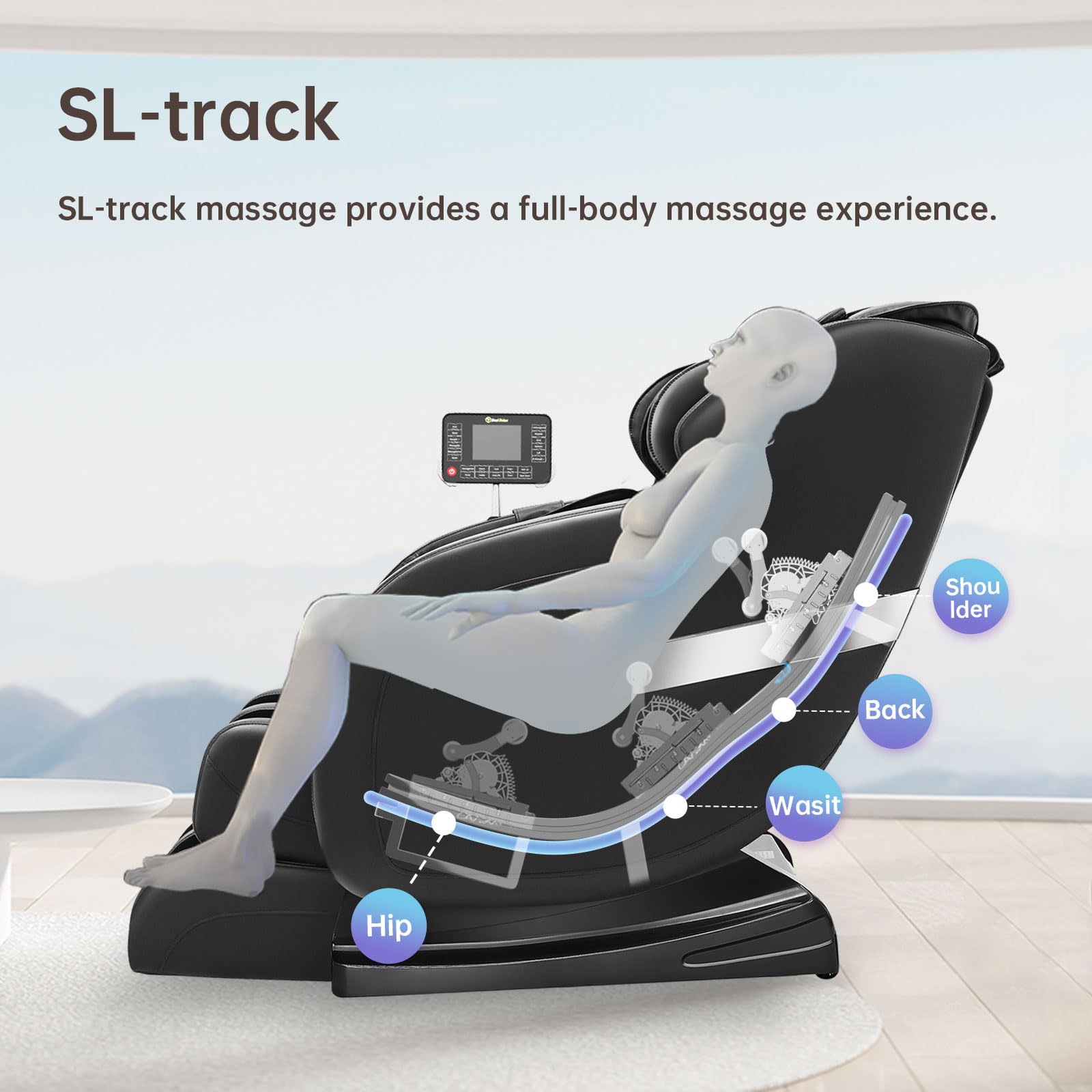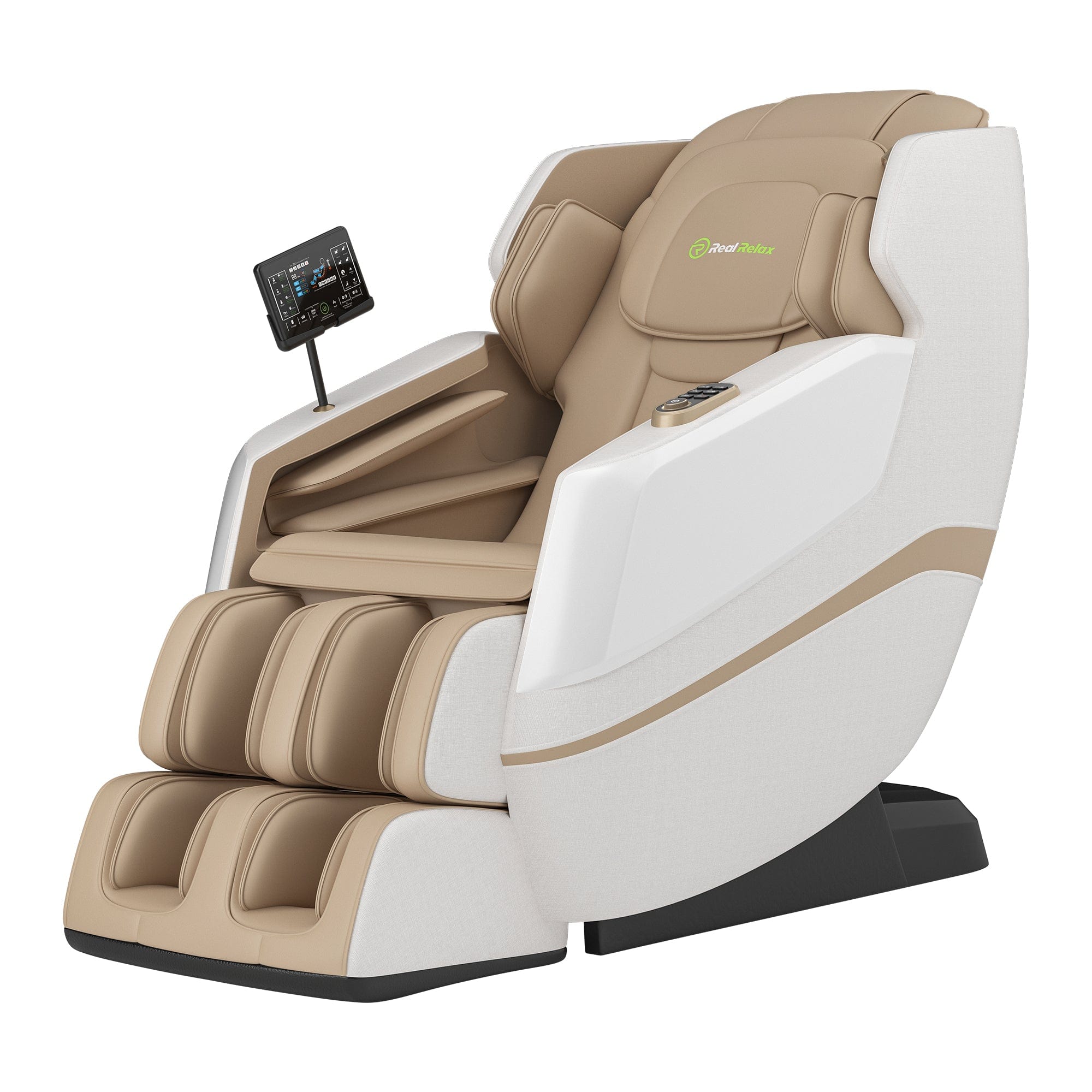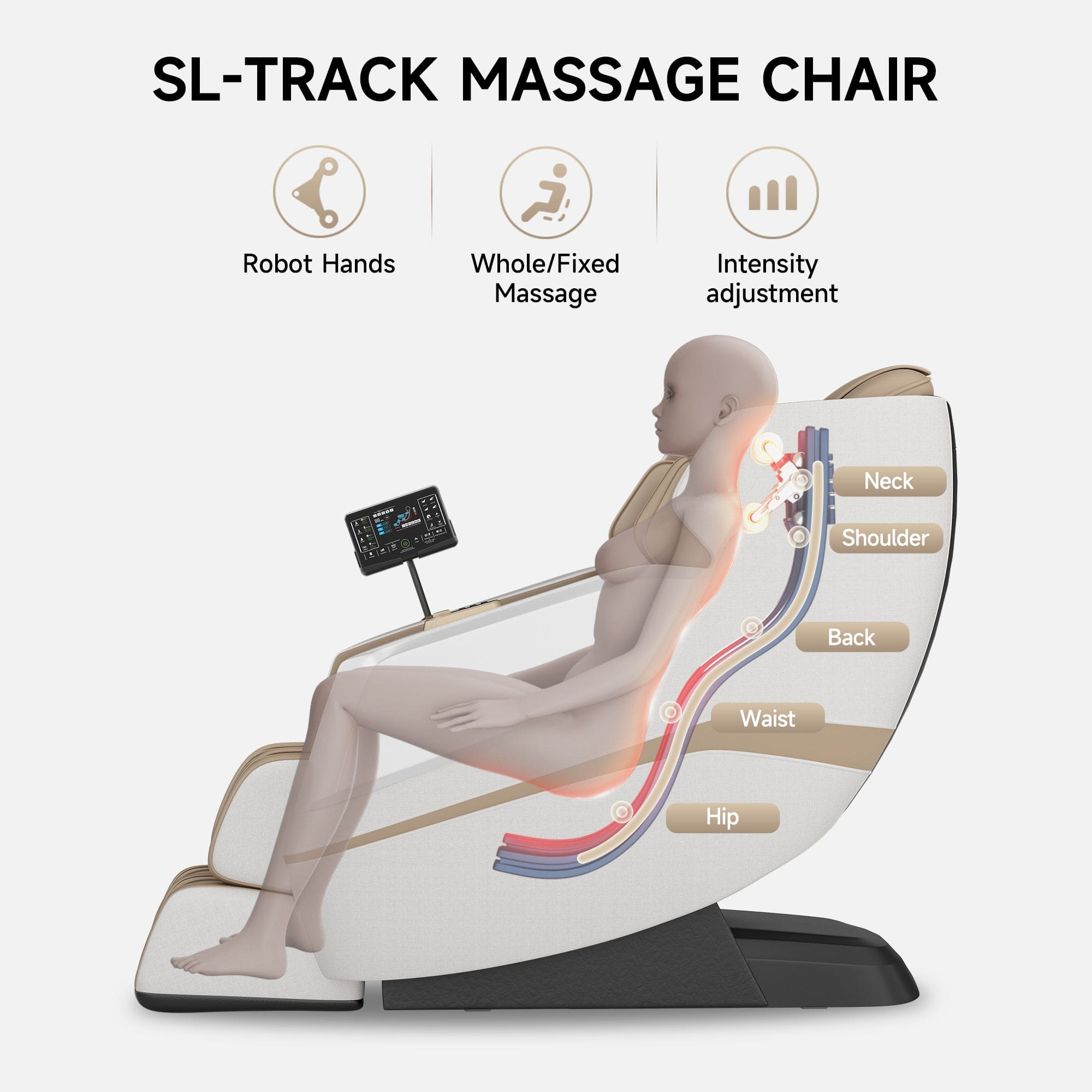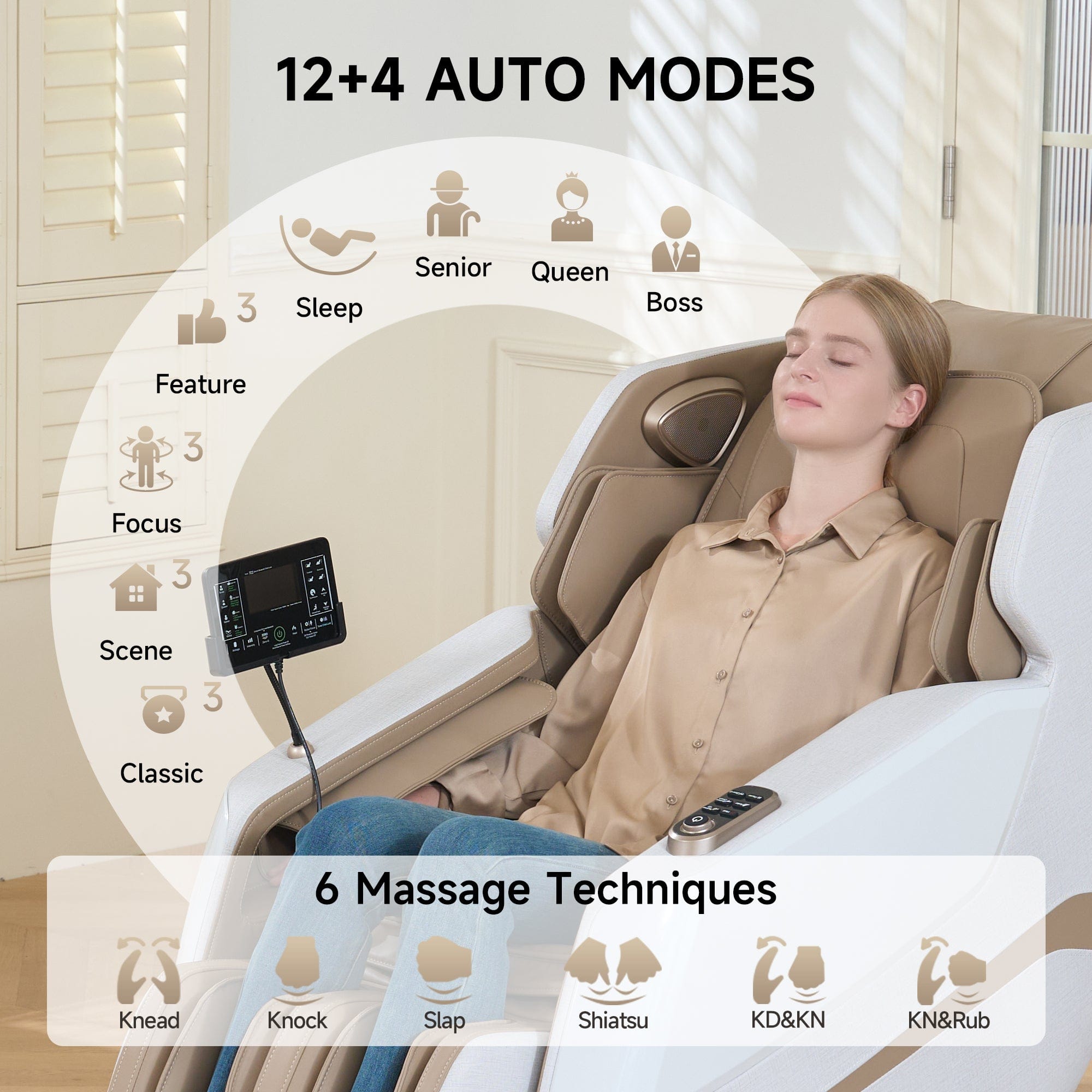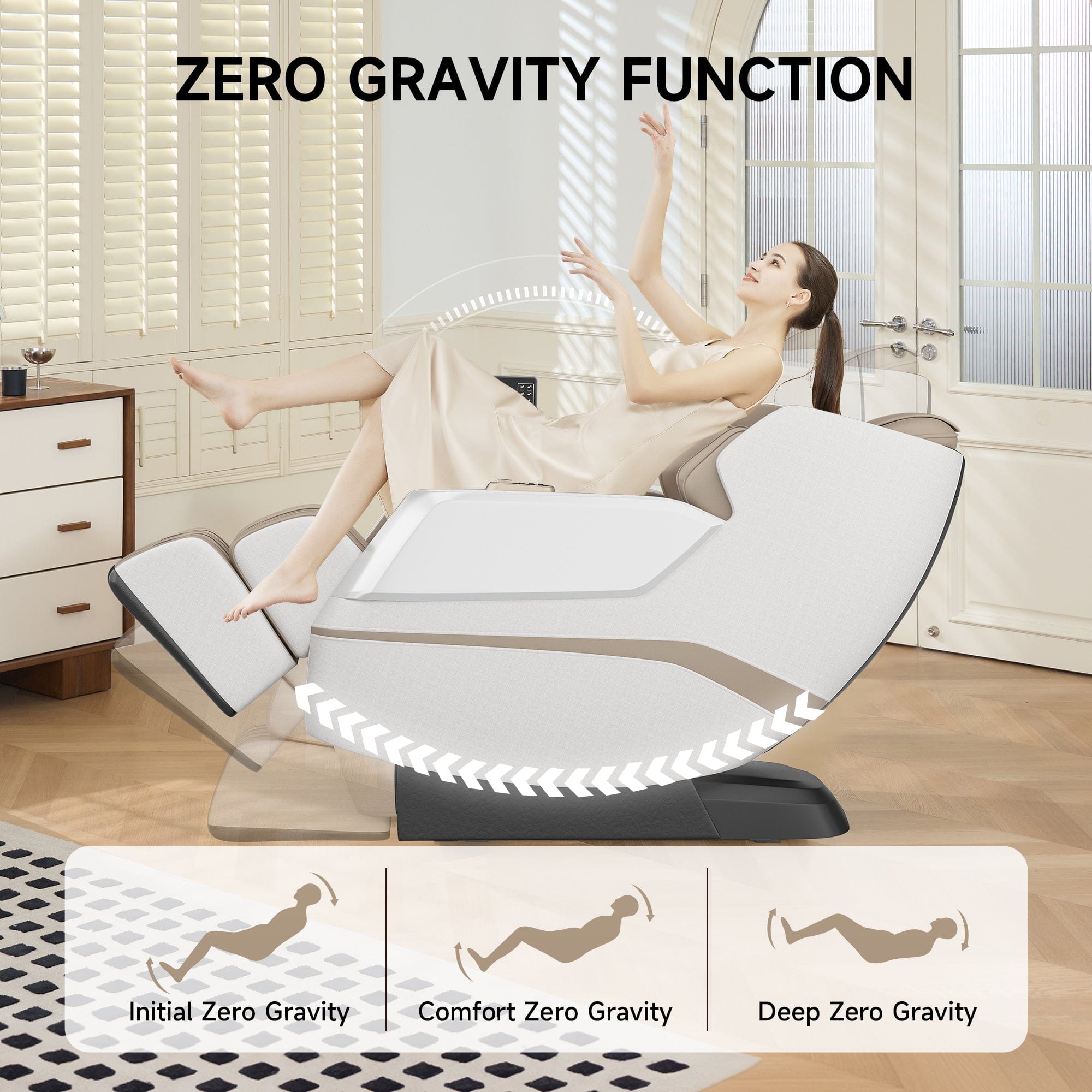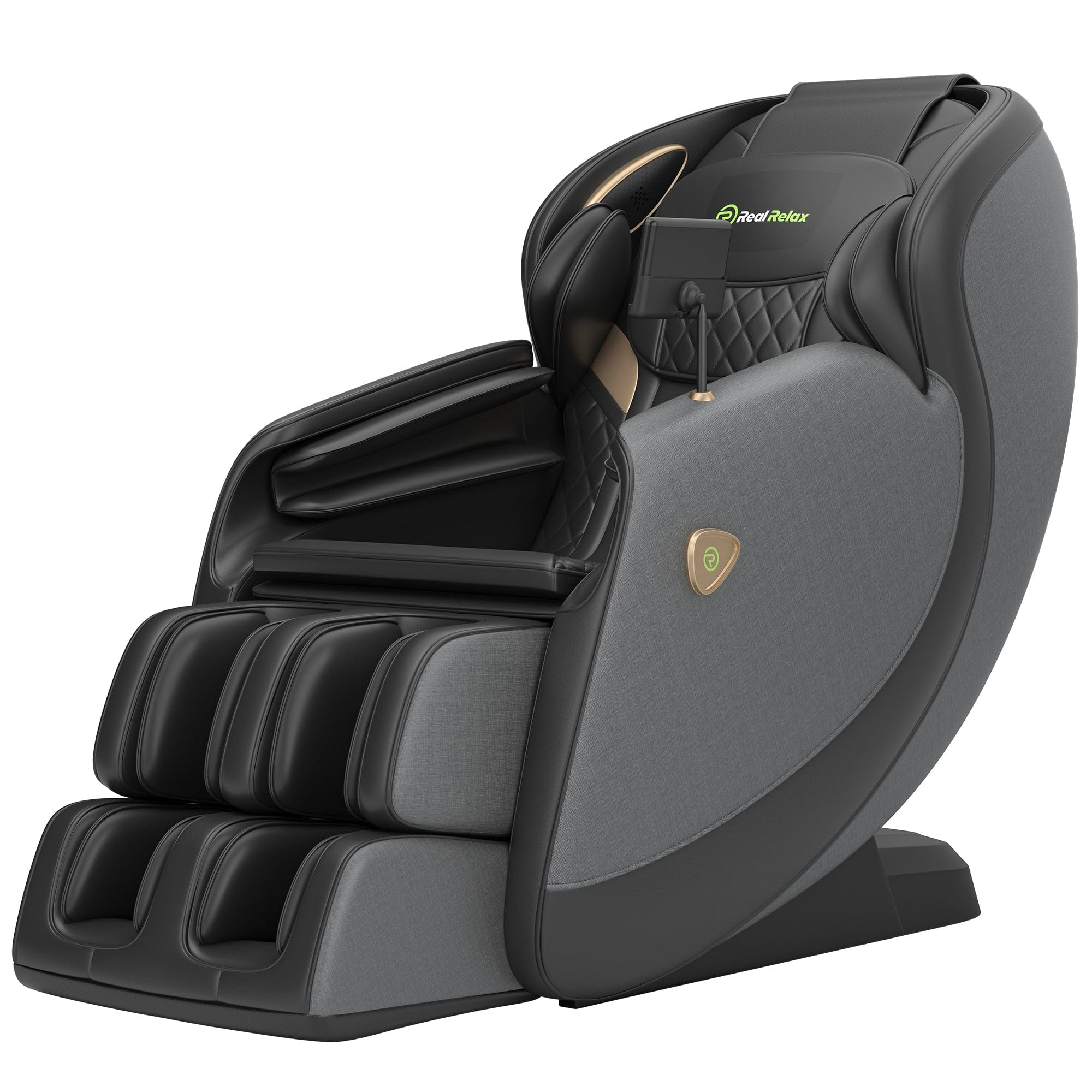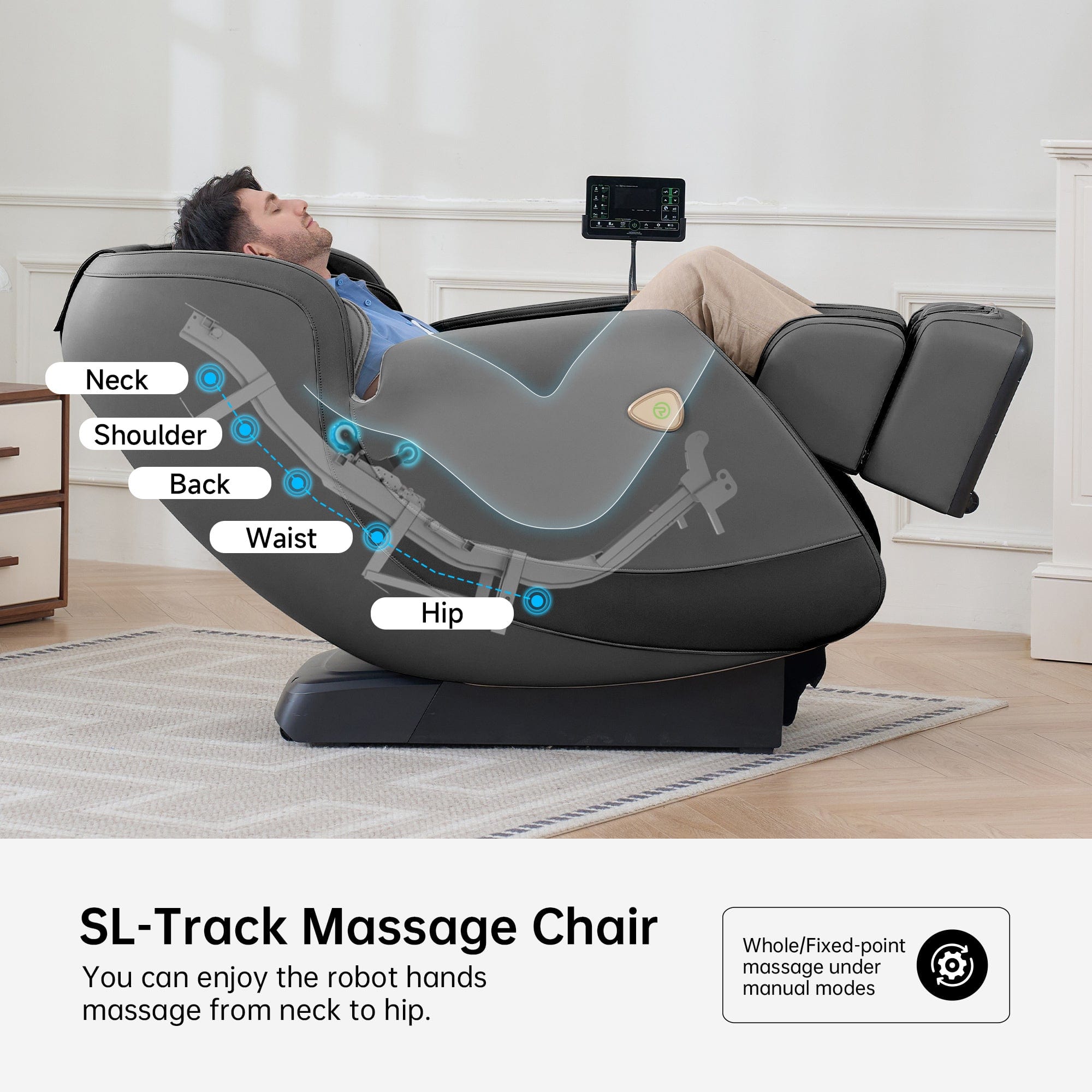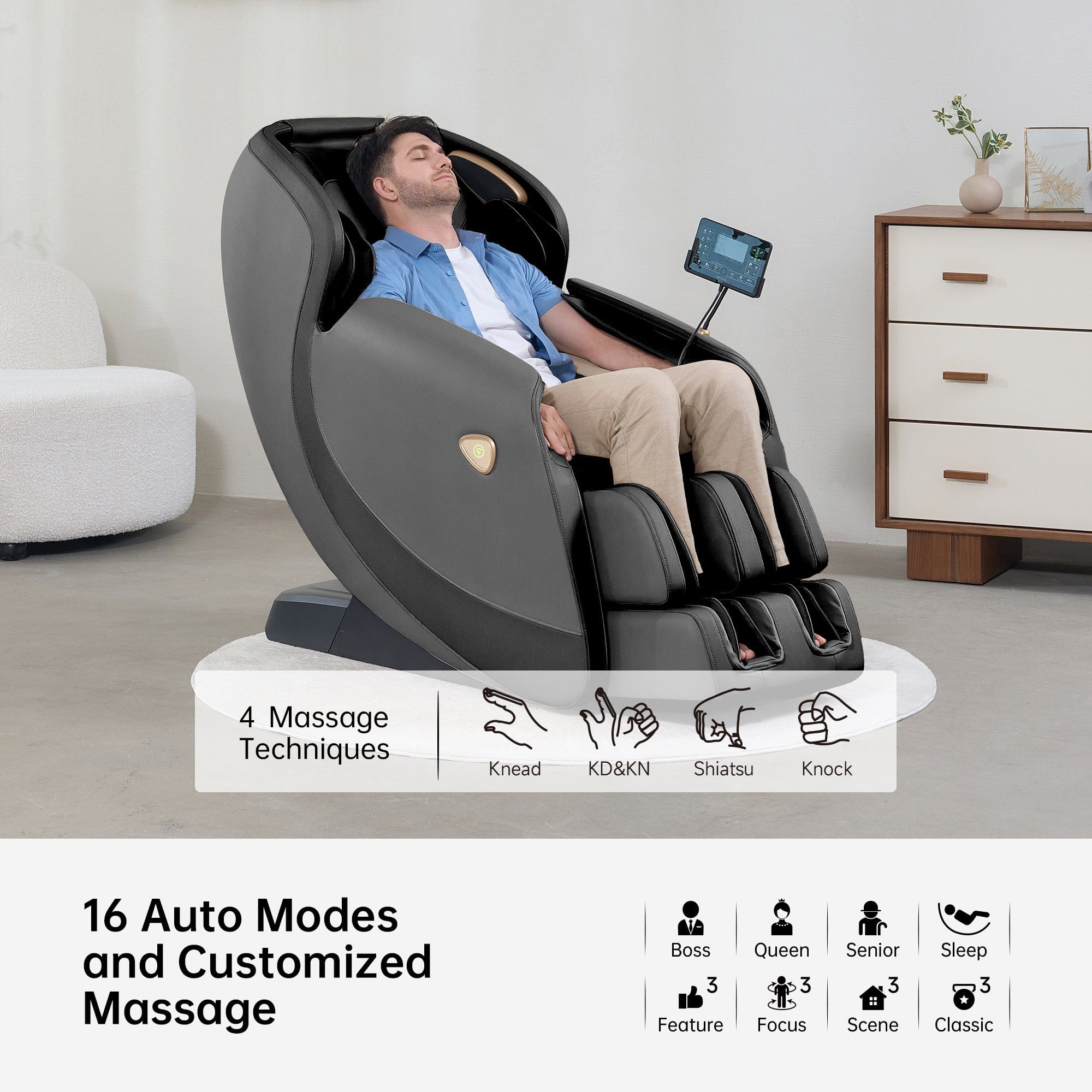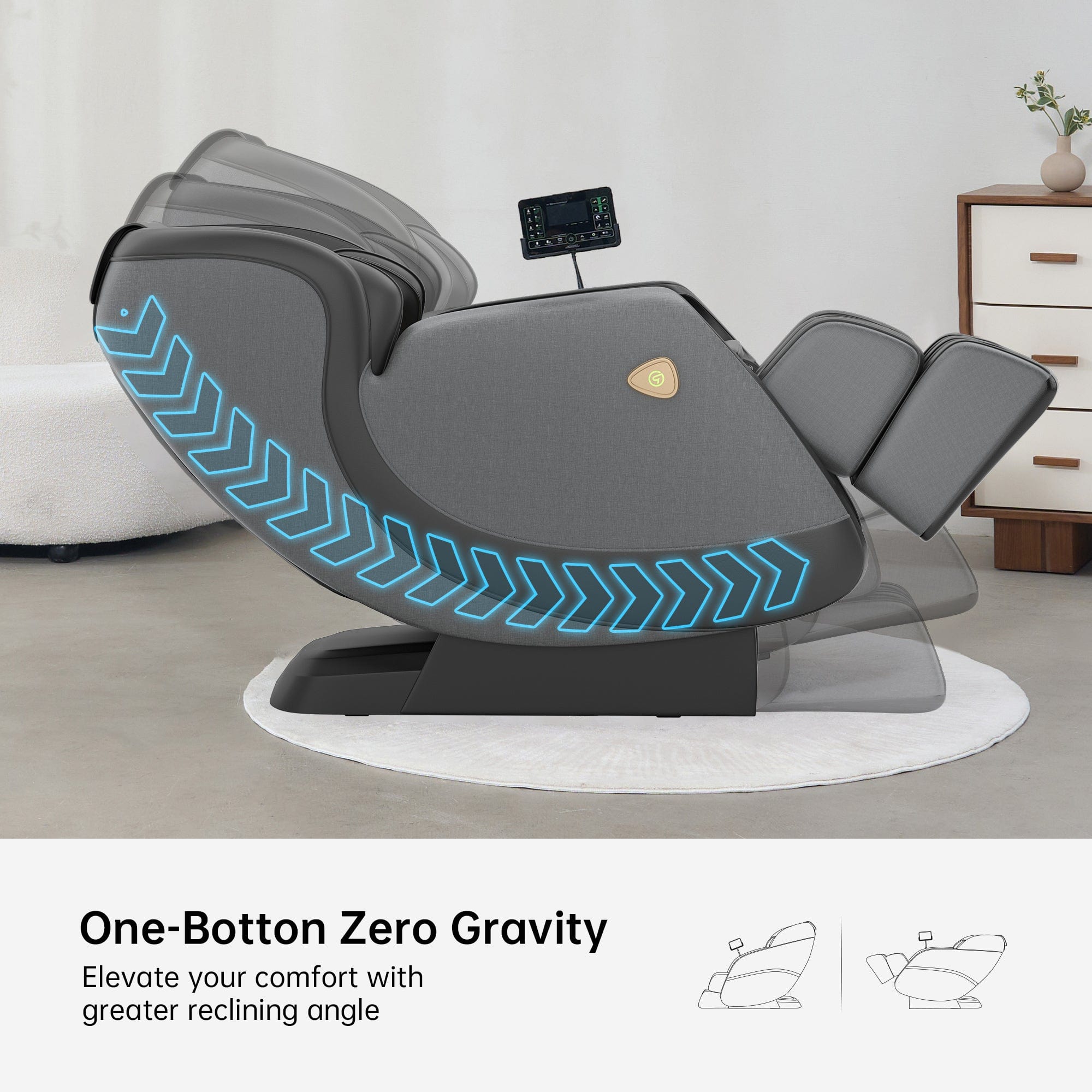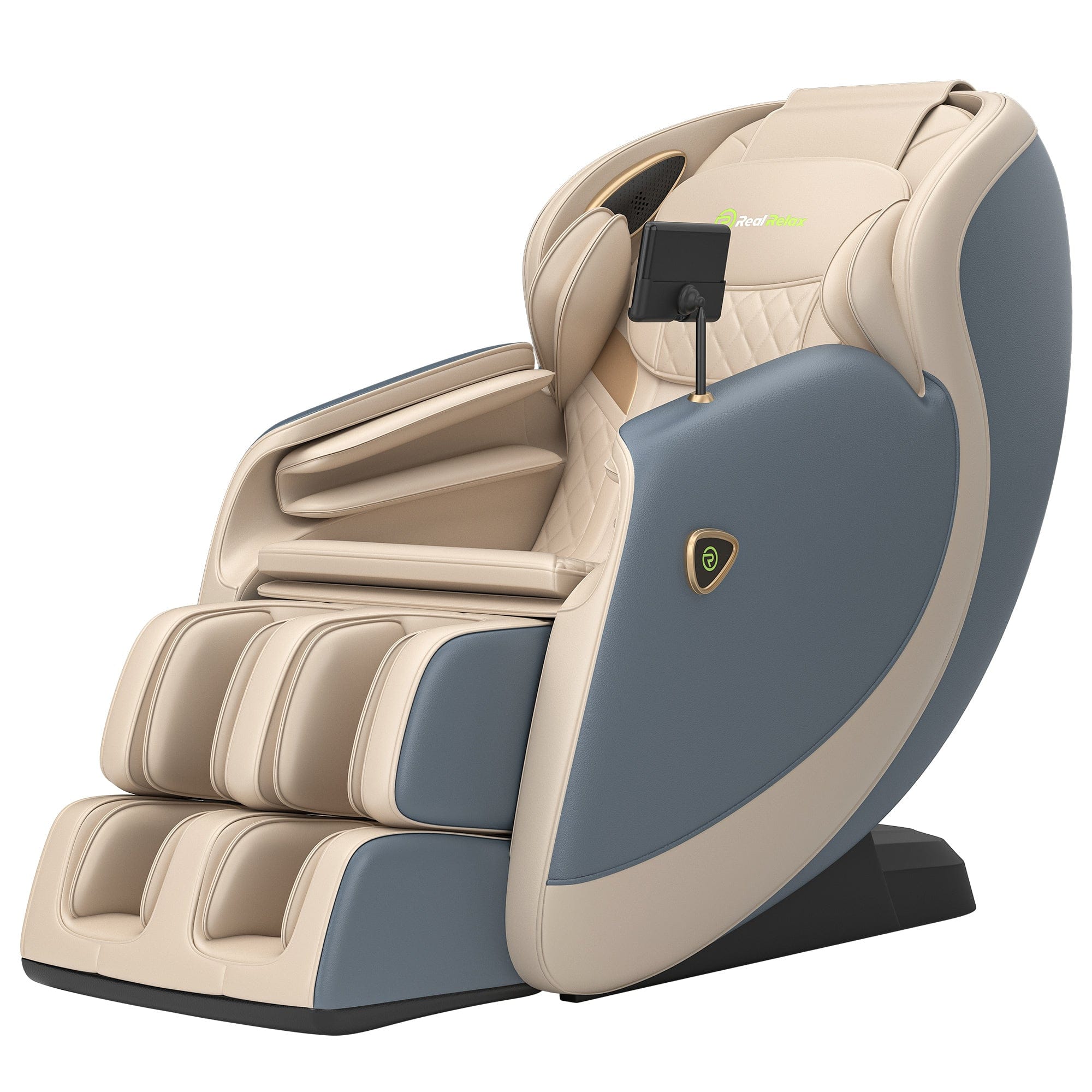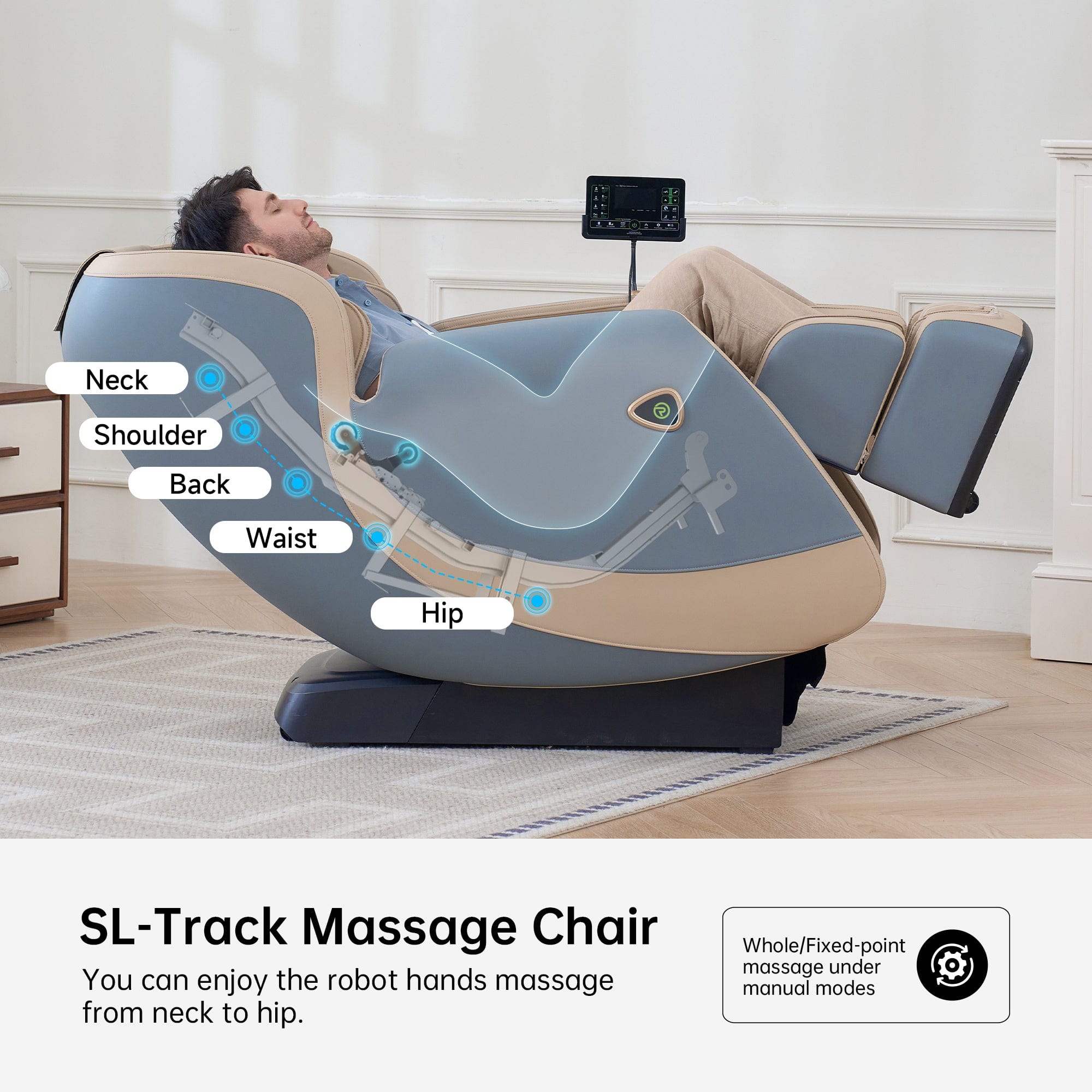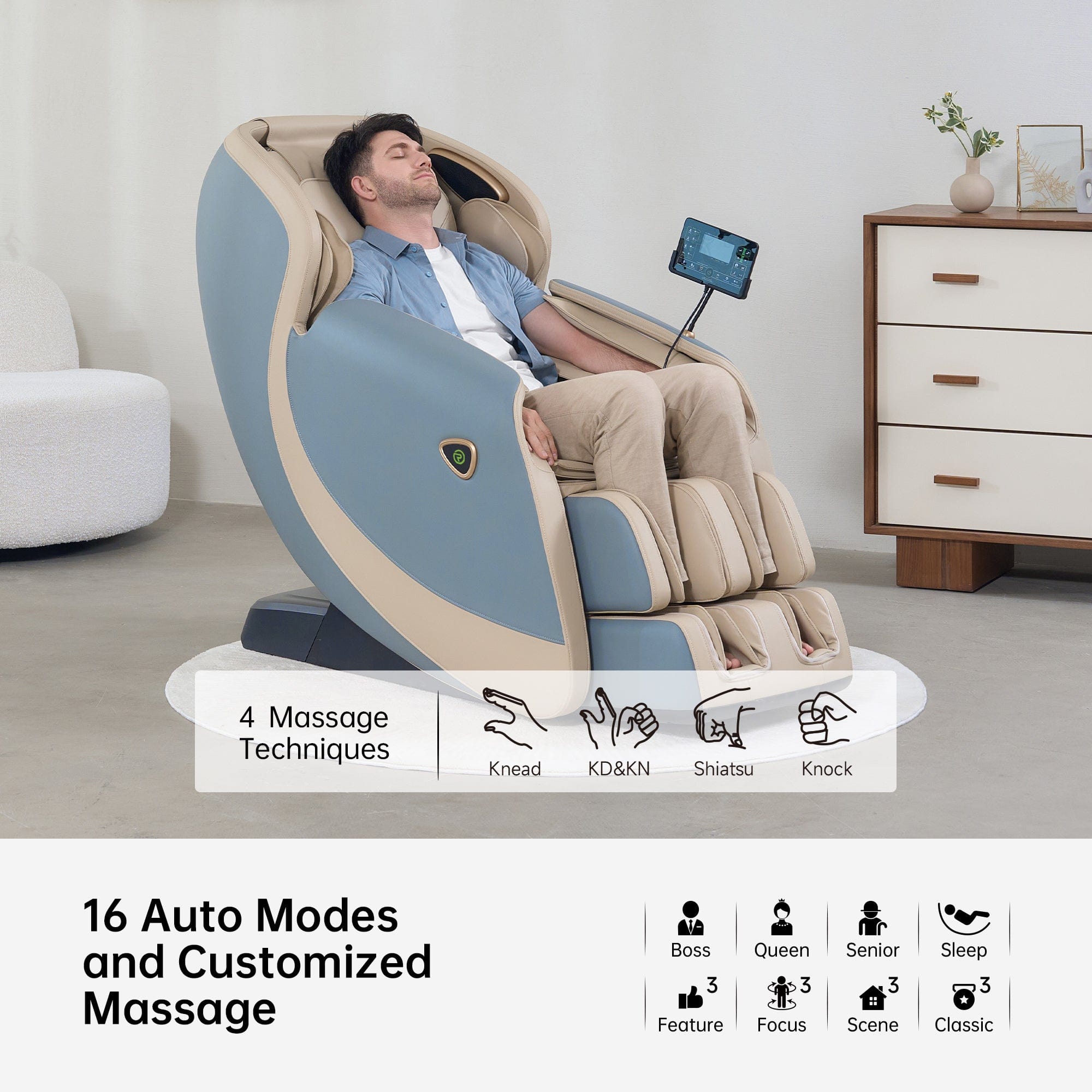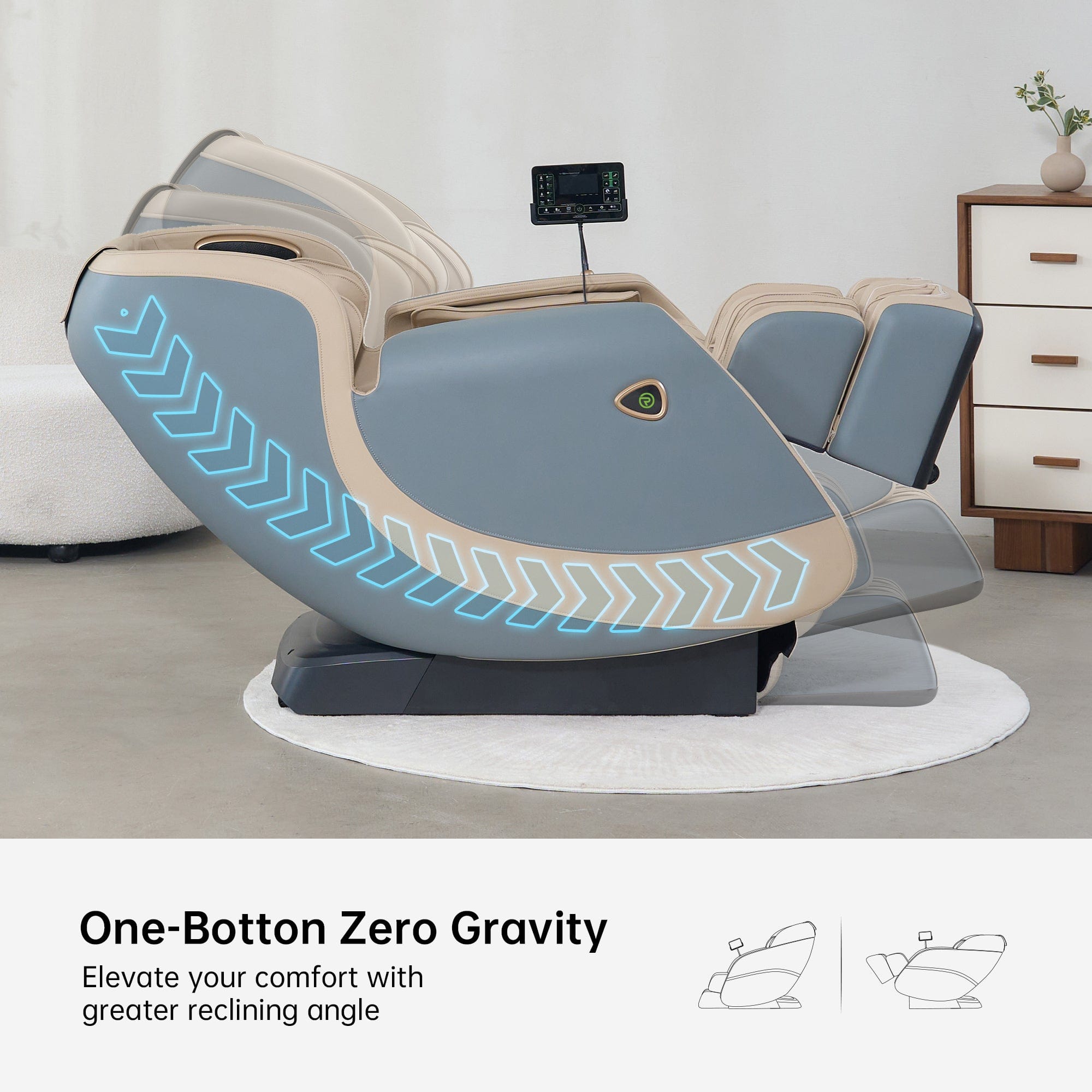So, you or someone you know has had a stroke, and now you’re wondering - “Is it safe to use a massage chair?” It’s a super valid question. Massage chairs are all the rage these days, and let’s be honest—who doesn’t love the idea of kicking back and getting a massage in your own living room? But when you’ve had a stroke, things get a little more complicated.
First Off, What Exactly Is a Stroke?
Just to get on the same page - a stroke happens when blood flow to part of the brain is interrupted, either by a clot (that’s called an ischemic stroke) or a burst blood vessel (that’s a hemorrhagic stroke). It’s serious stuff. It can mess with your mobility, your speech, your ability to feel things, and even how your body regulates blood pressure and circulation.

So when we’re talking about sitting in a massage recliner chair that vibrates, kneads, and heats up your back - yeah, you want to be cautious.
Can a Massage Chair Actually Help?
Let’s start with the good news.
A lot of people who’ve had a stroke deal with muscle tightness, stiffness, or even pain from lack of movement. A home massage chair can help ease those tight spots and improve circulation. Some studies suggest that light massage might even boost your mood and help with stress—which, trust me, stroke recovery is full of stress.
Here are a few ways a massage chair might help:
Muscle relaxation: Loosen up stiff muscles, especially in the back, shoulders, and legs.
Improved circulation: Gentle massage can help promote blood flow, especially in folks who aren’t super mobile.
Reduced anxiety: Let’s face it, getting a massage just feels good—it can help calm nerves and reduce anxiety.
Better sleep: Some people find that regular sessions in a heated recliner chair help them fall asleep faster and sleep more deeply.
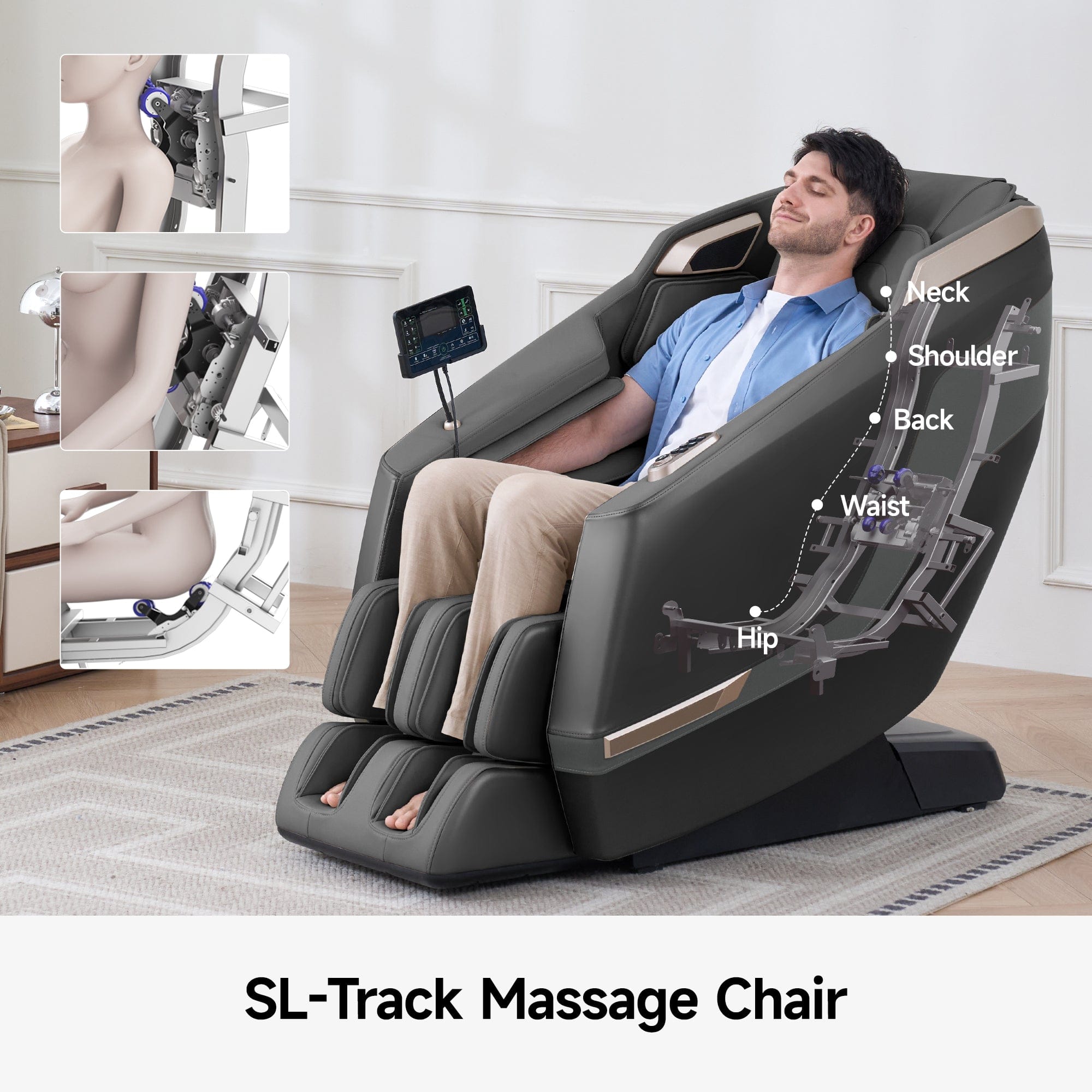
Real Relax Favor-23 Massage Chair
So yeah, in some cases, a massage chair can be a great little helper in stroke recovery.
But There’s a “BUT”
Before you run out and grab the best massage chair you can find, here’s the thing—you really need to talk to a doctor first. Seriously.
Why? Because not every stroke survivor is the same. Here are some situations where a massage chair could be risky:
1. High or unstable blood pressure
Massage, especially deep massage, can affect your blood pressure. If your blood pressure is already all over the place after a stroke, a massage chair might not be a good idea.
2. Blood clot risks
If you’ve got a history of clots, there’s a concern that massage could dislodge one. And trust me, that’s not something you want traveling through your bloodstream.
3. Reduced sensation
Some folks lose feeling in certain parts of their body after a stroke. That means they might not notice if the massage is too strong or if a heated recliner chair is getting too hot. That can lead to bruising or even burns - yikes.
4. Pacemakers or medical devices
If you’ve got implanted devices like a pacemaker, certain massage chairs—especially those with electromagnetic parts—might interfere. Another thing to check with the doc.
How to Use a Massage Chair Safely After a Stroke
Alright, let’s say the doctor gives you the green light. Awesome! Now how do you use your new massage recliner chair safely?
Start slow
Don’t go all in on the highest setting on day one. Start with the gentlest massage program, just for a few minutes. See how your body responds.
Avoid deep tissue or shiatsu-style programs
Stick with light, rolling, or vibration modes at first. You’re not trying to recreate a deep sports massage here.
Use the heat with caution
Heated recliner chairs feel amazing, but again - watch the temperature if you’ve got reduced feeling. Some chairs let you control how warm it gets. Use that feature!
Go for support
Some of the newer chairs - like a zero gravity massage chair - let you recline in a position where your legs are elevated. That can be super comfy and reduce pressure on your spine and joints. Plus, the “zero gravity” position may help with circulation.
Time it right
Try using your massage chair at a time when you're calm and relaxed, not right after a workout or physical therapy session. And don’t overdo it - 20 minutes is usually plenty.
Which Type of Massage Chair Is Best for Stroke Survivors?
If you’re shopping around, here are a few features to look for:
Customizable settings: You want to control the intensity, heat, and massage type.
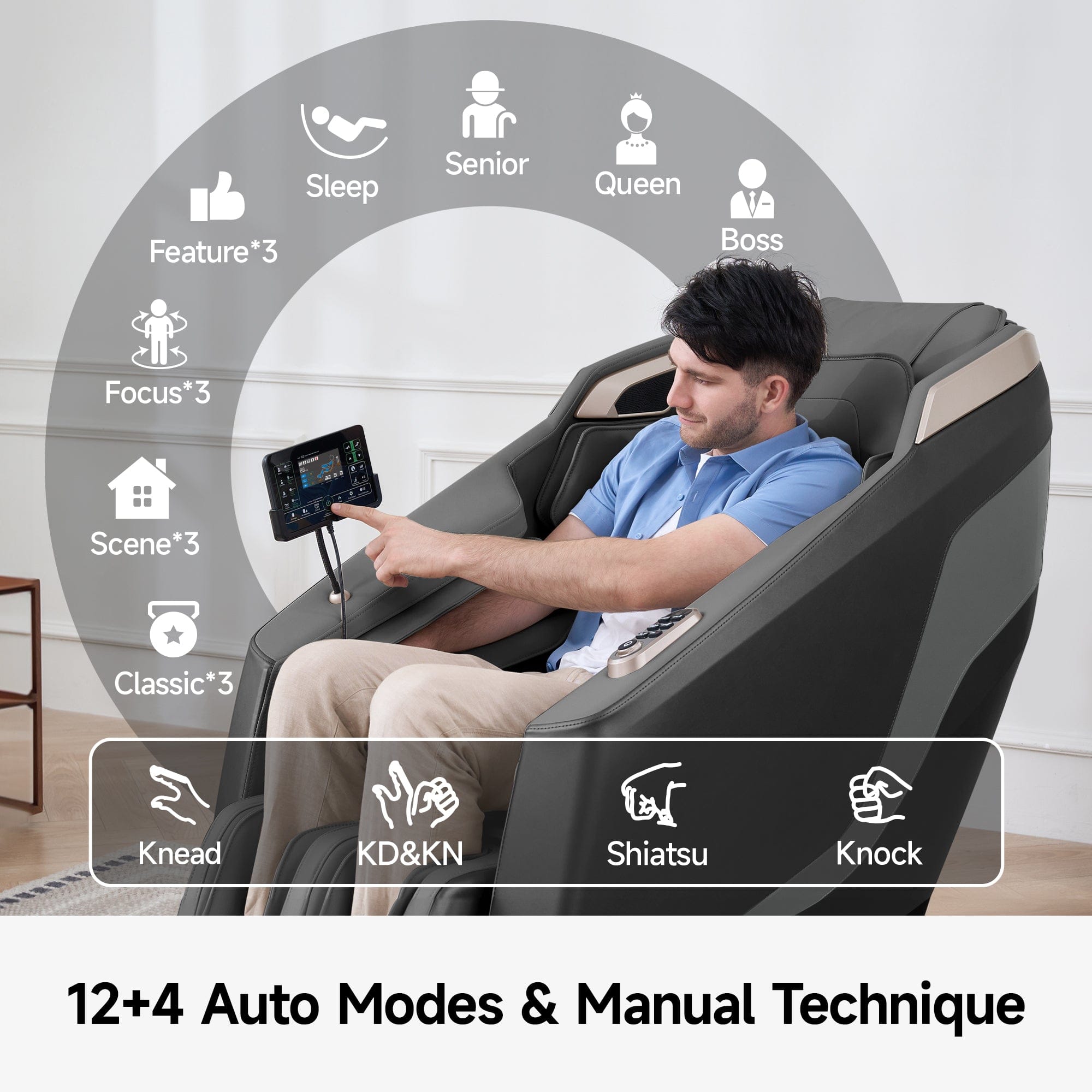
Real Relax Favor-23 Massage Chair
Easy-to-use remote: Complicated remotes can be frustrating, especially if you’ve got limited mobility or dexterity.
Zero gravity option: As mentioned, this position can be more comfortable and better for circulation.
Heat therapy: A gentle warming feature can help with stiffness - just be cautious.
Full body support: Make sure it supports your neck, back, and legs well.
Oh, and here’s a pro tip: If you’re on a budget, consider a refurbished massage chair. You can get some seriously high-quality models that have been professionally restored at a fraction of the price.
To Use or Not to Use?
So, should people with a history of stroke avoid massage chairs?
Not necessarily. But it’s not a one-size-fits-all answer. The key is to:
Talk to your doctor first.
Choose a chair that’s gentle and adjustable.
Start slow and listen to your body.
When used wisely, a home massage chair - whether it’s a simple recliner or a zero gravity massage chair—can be a nice little addition to your recovery routine. Just keep safety first, and you’ll be able to relax without worry.
Need help picking out the best massage chair for someone in stroke recovery? I’ve got your back—just say the word.



